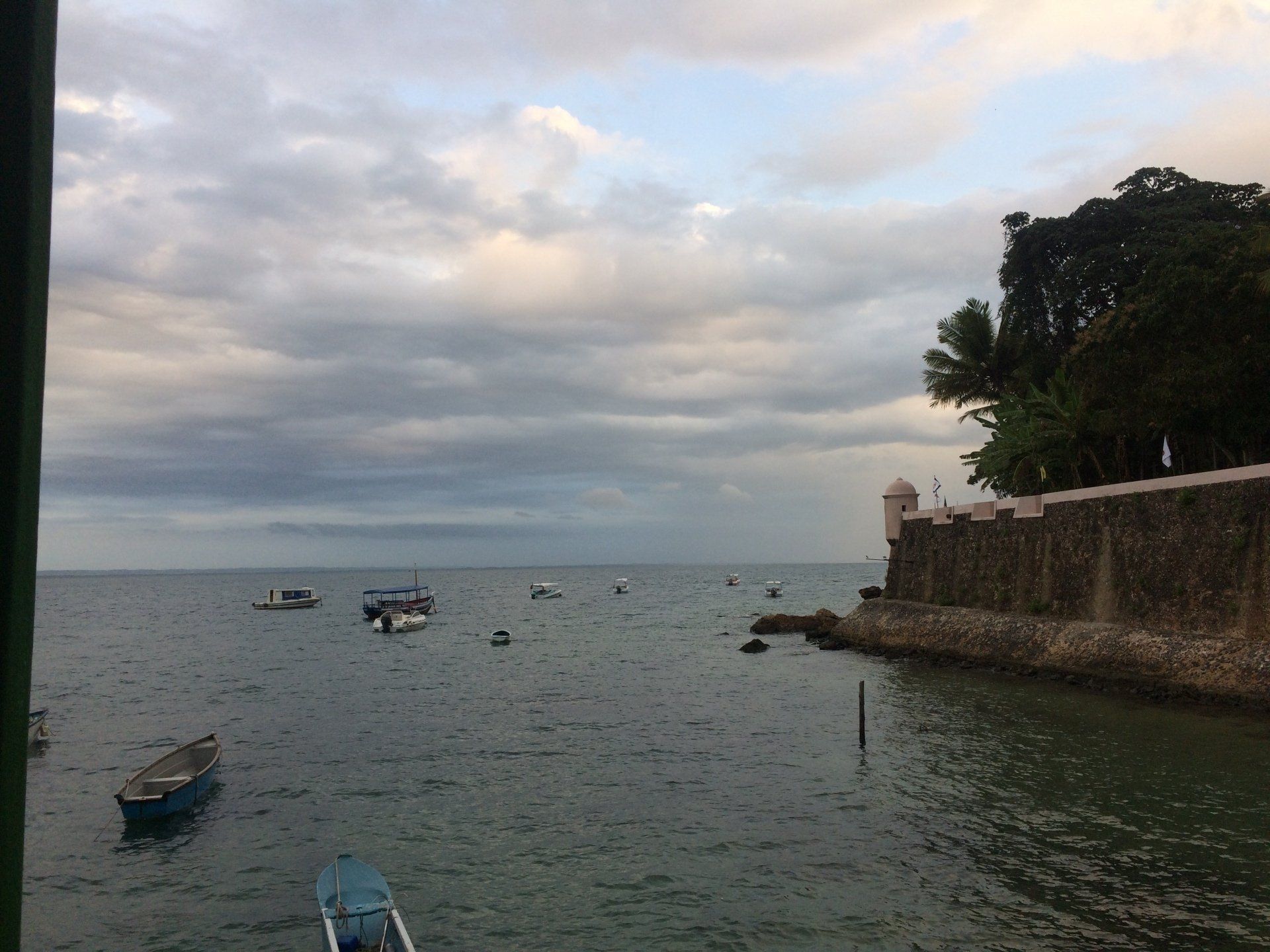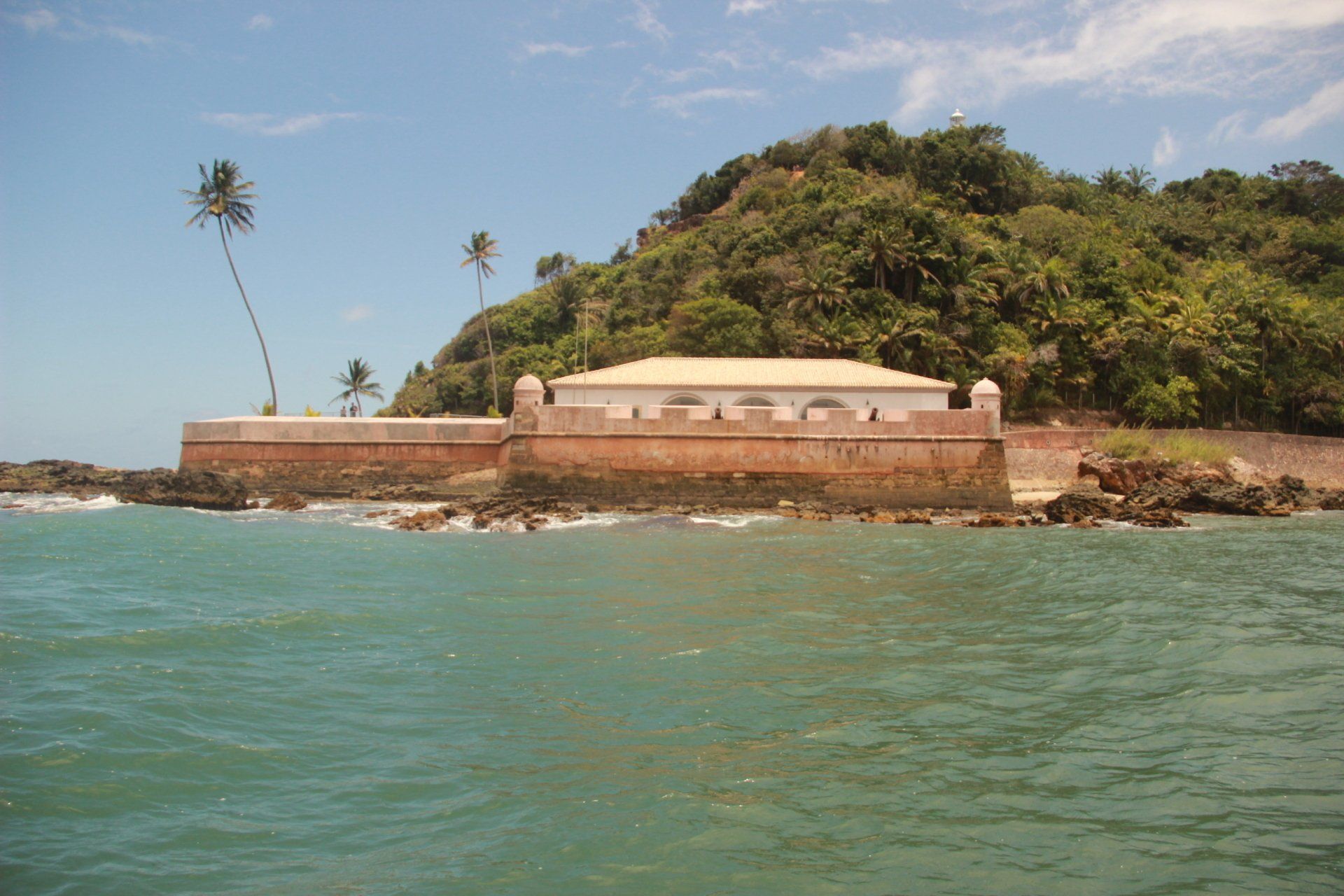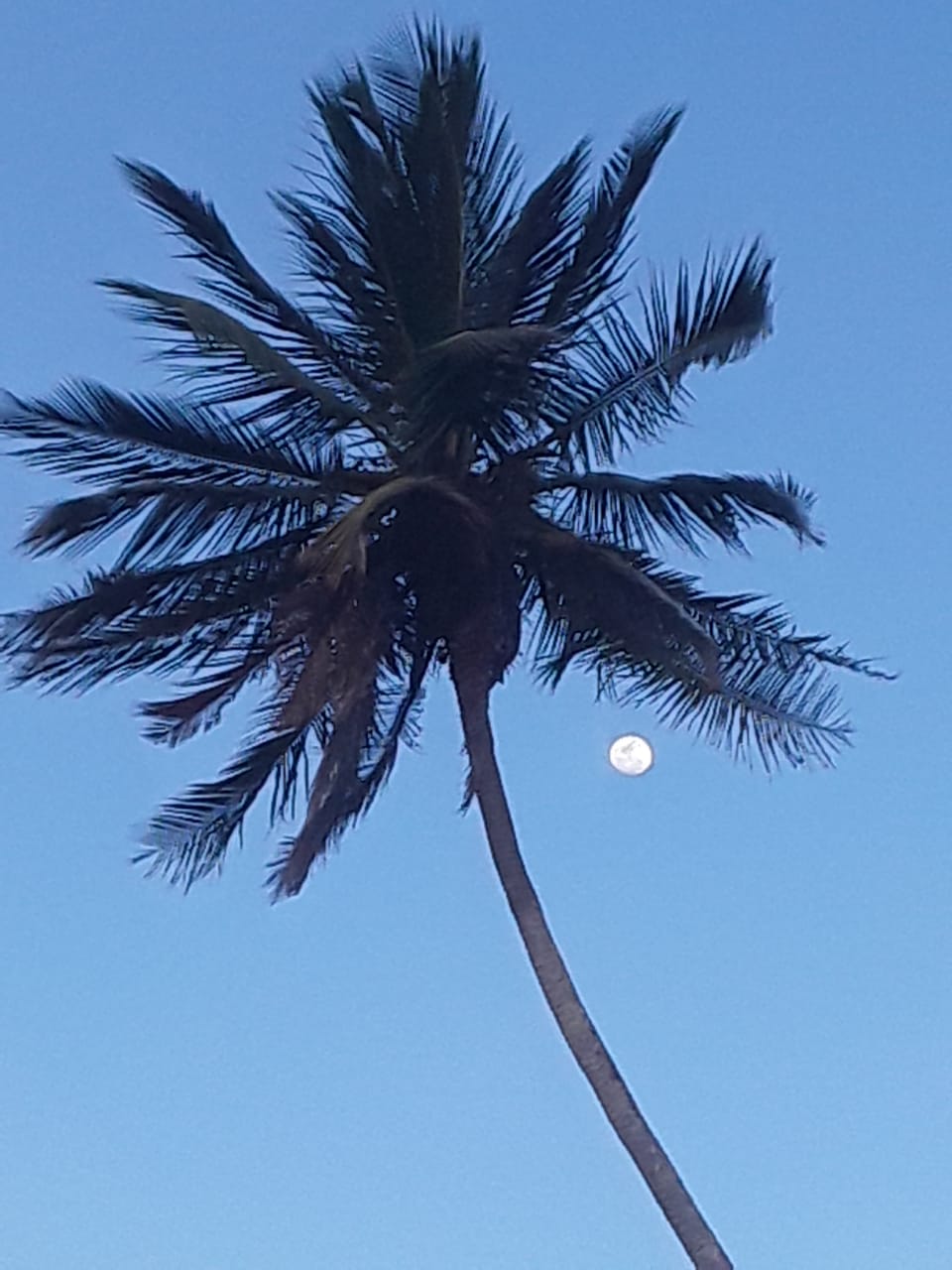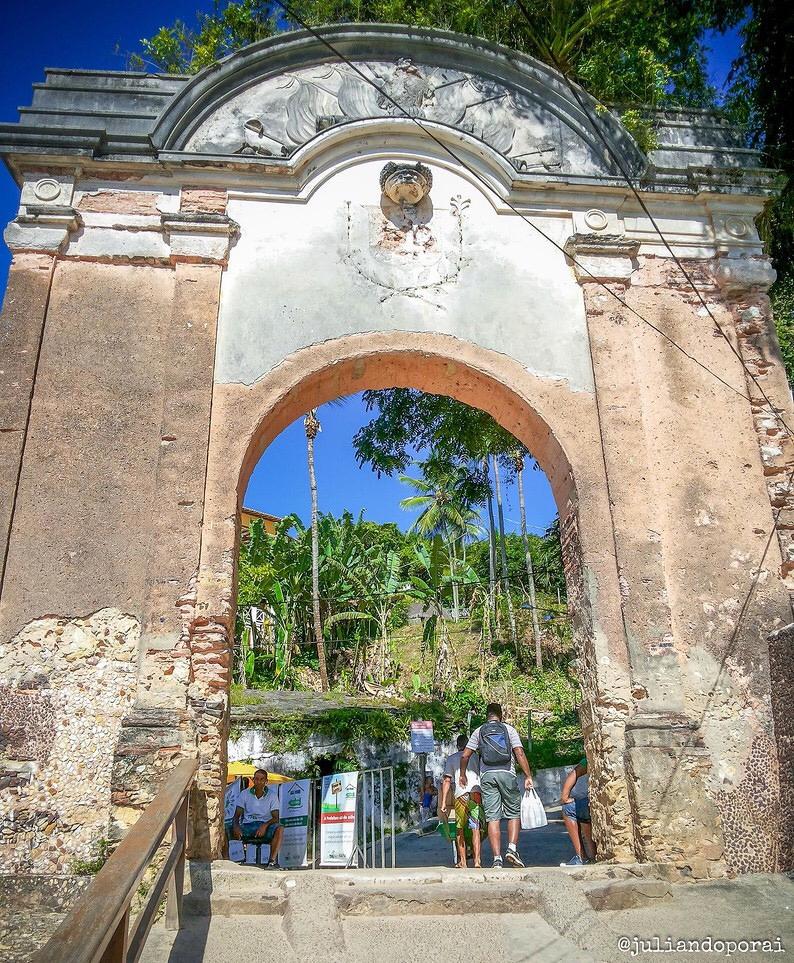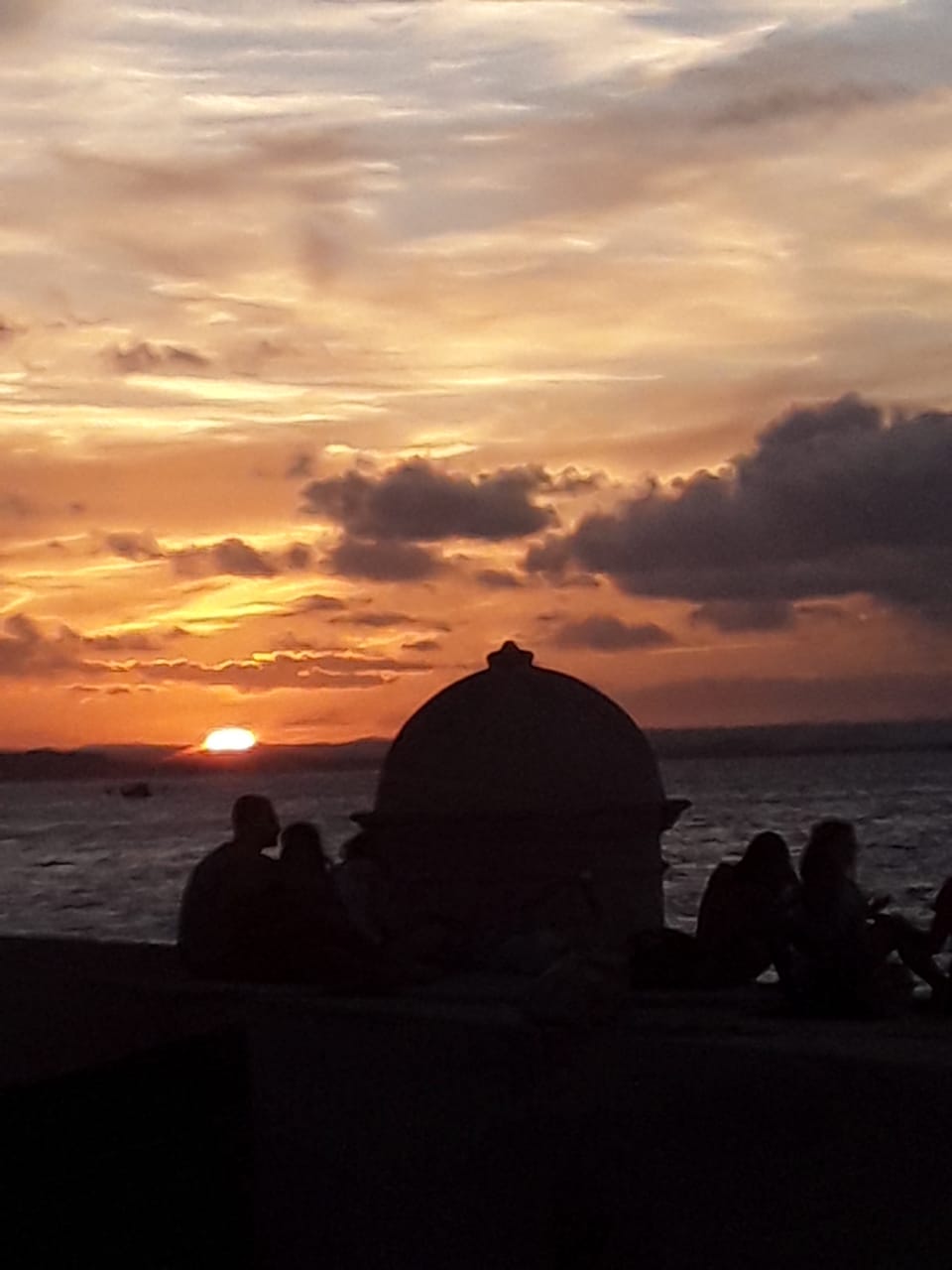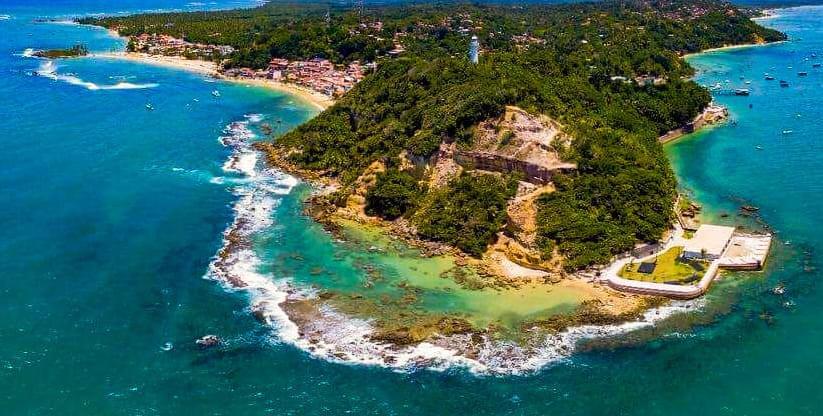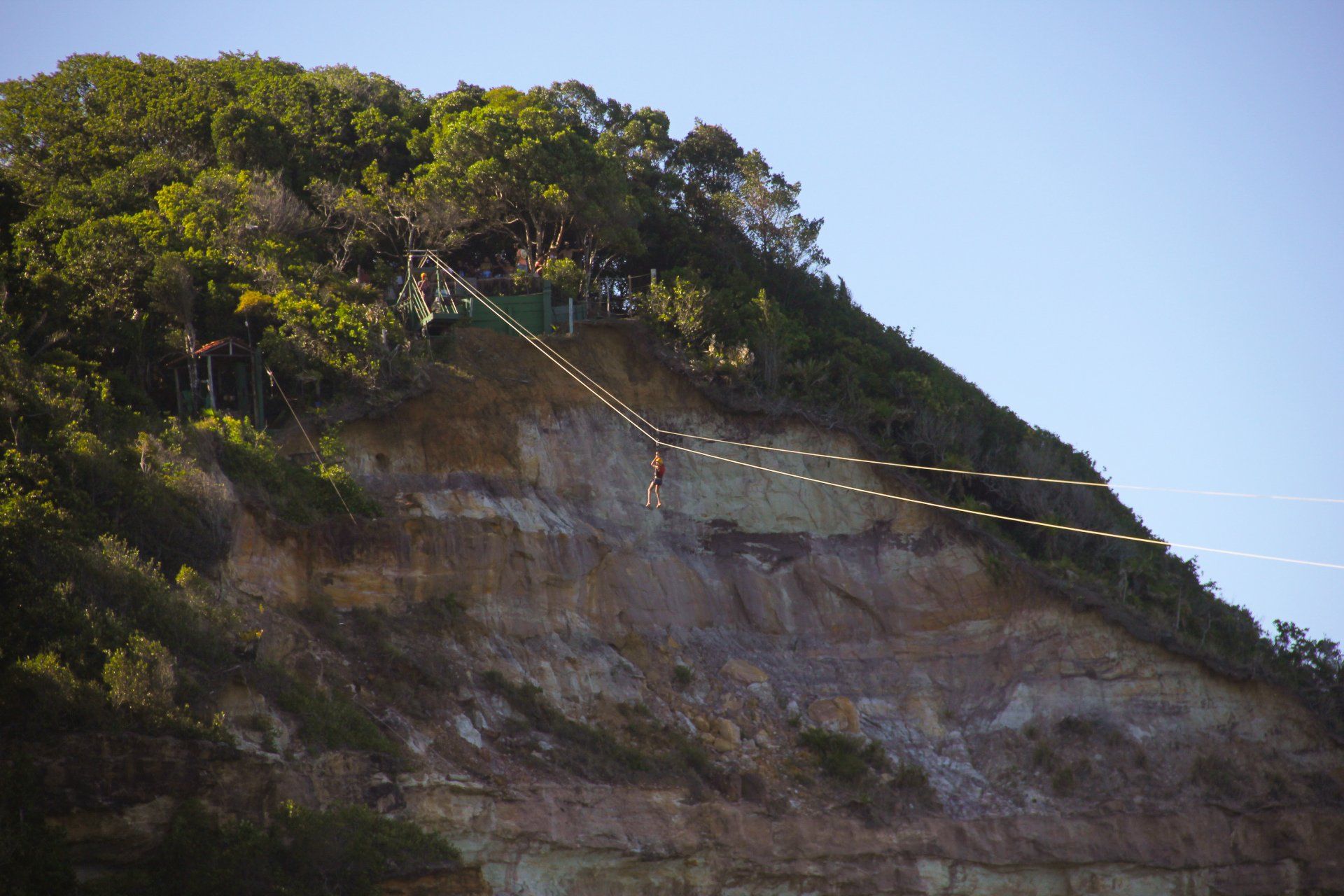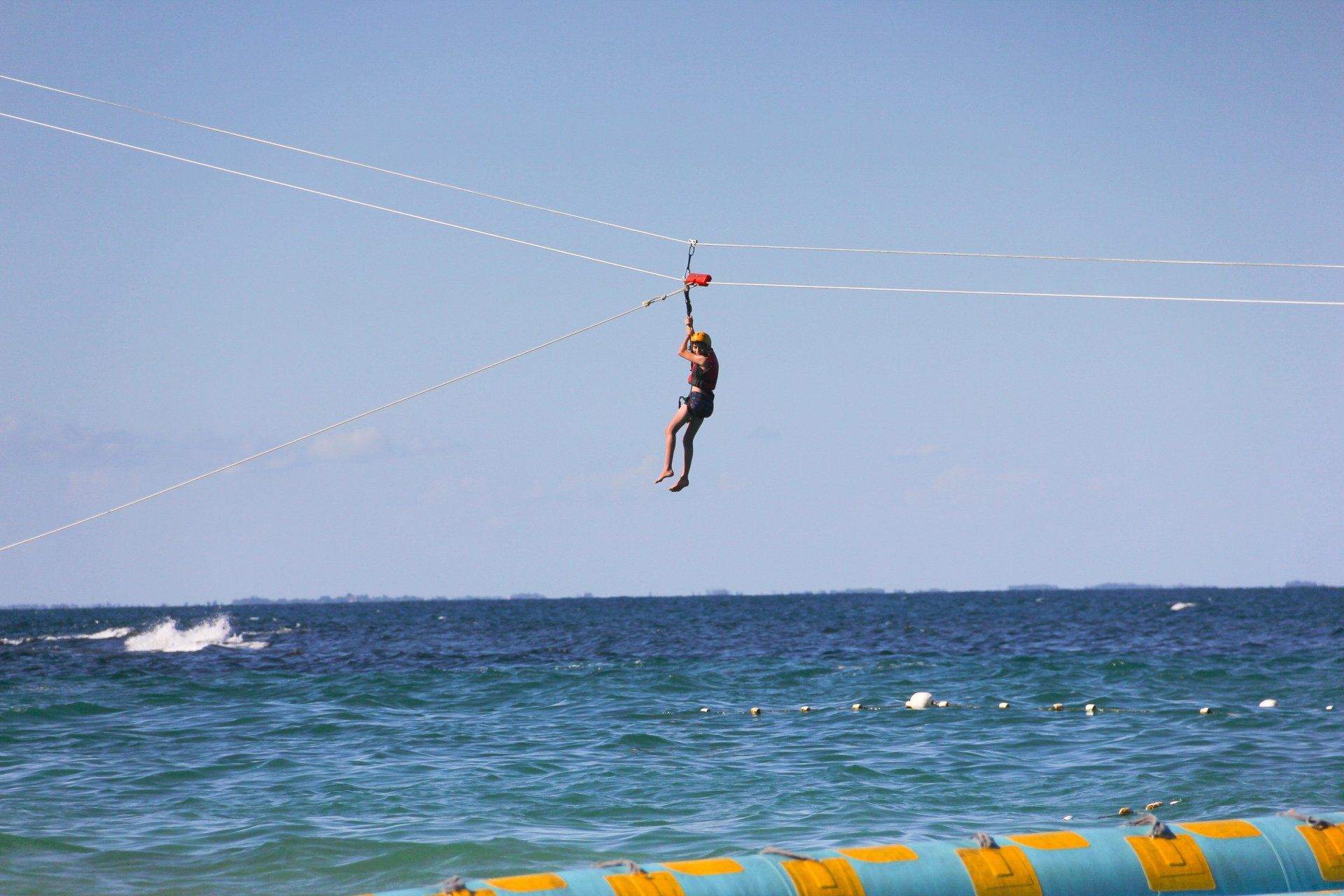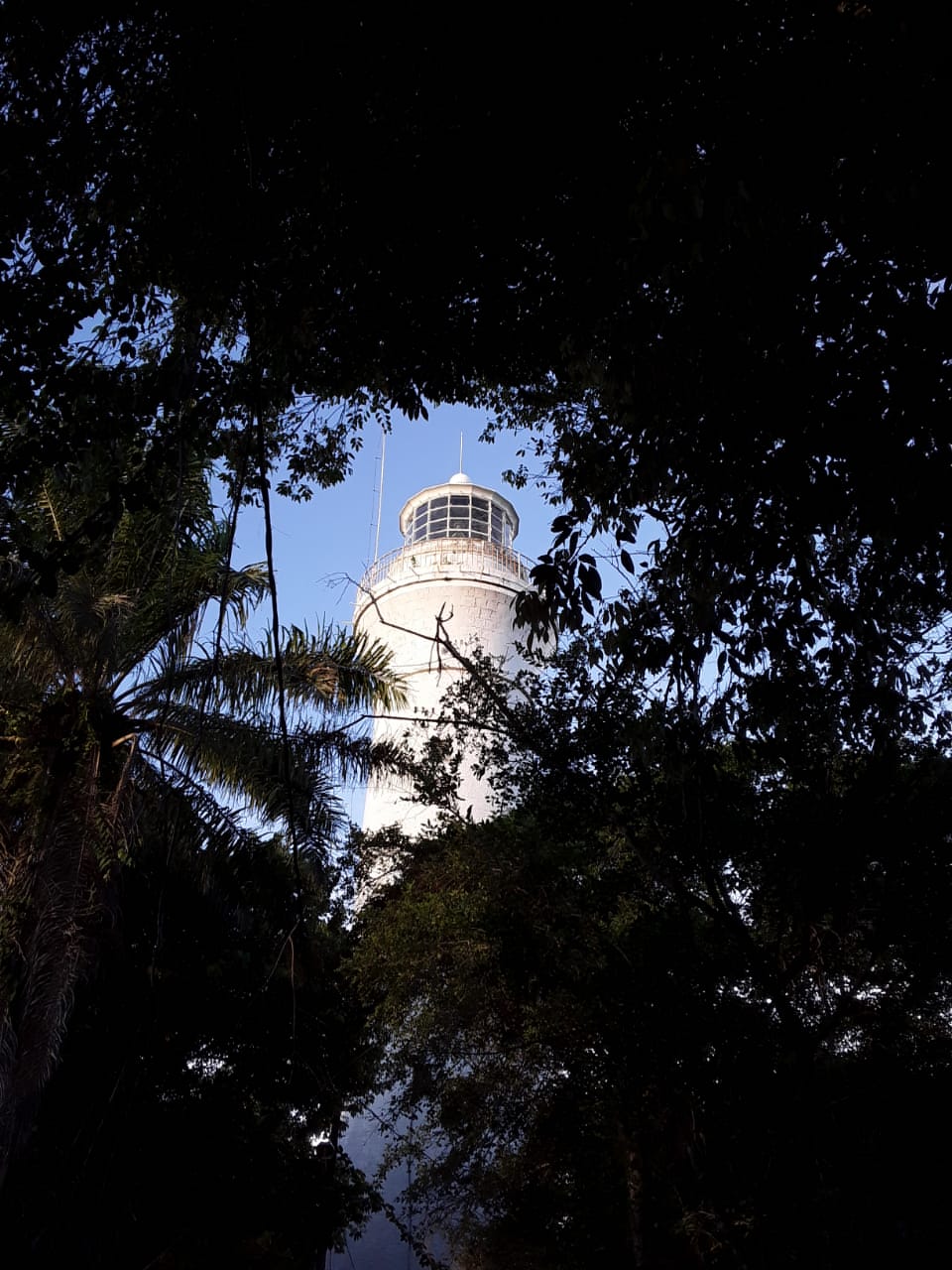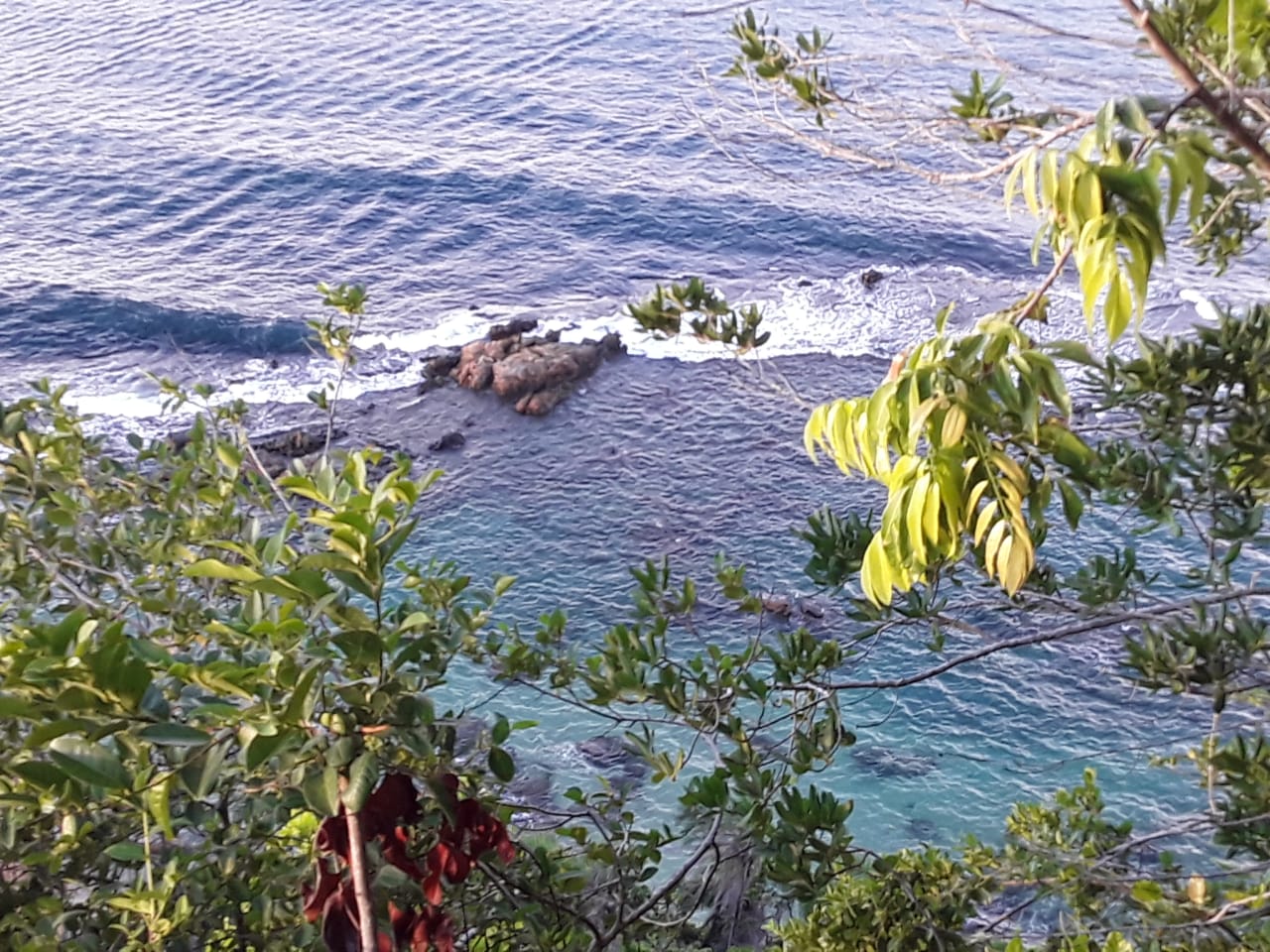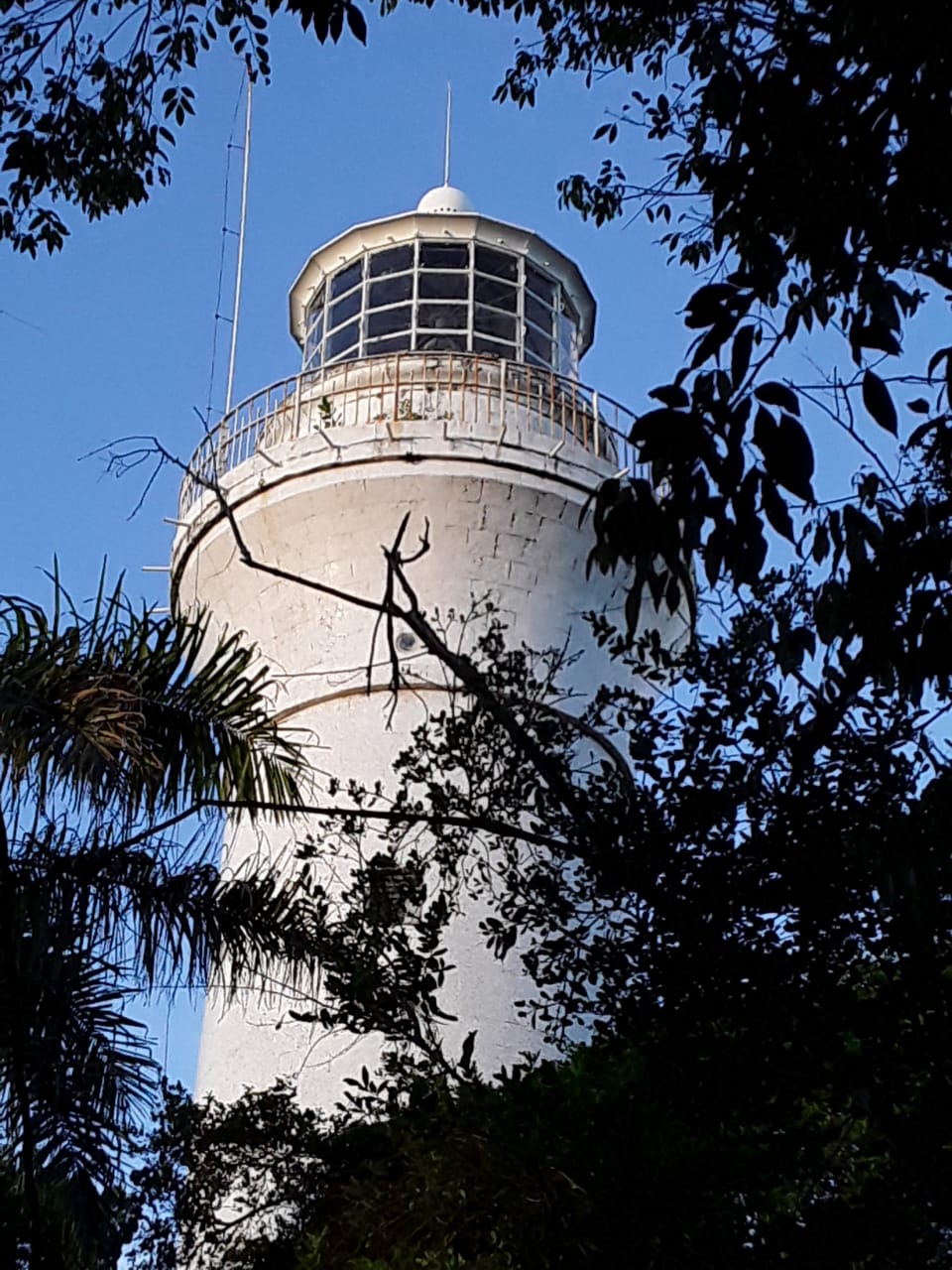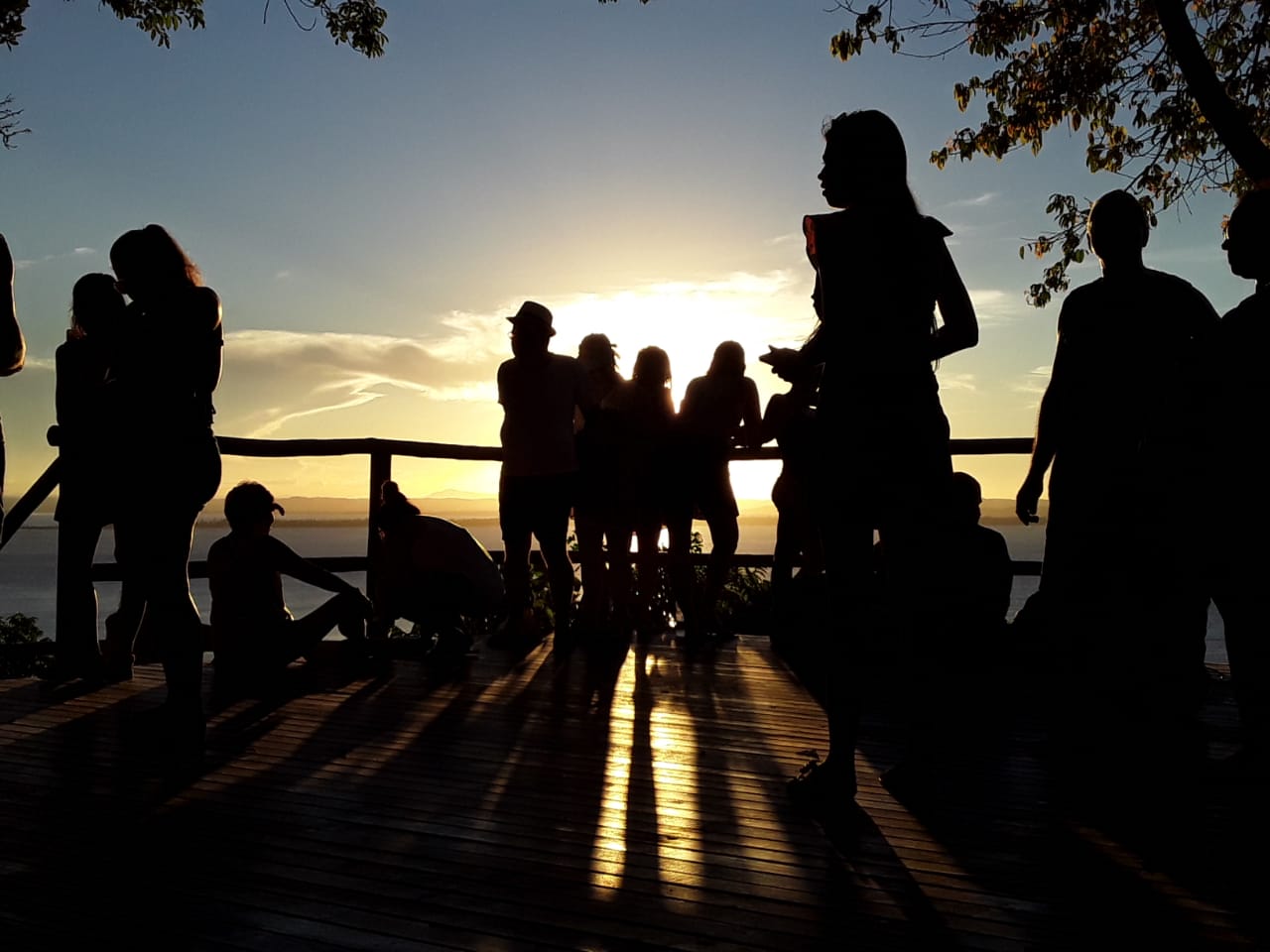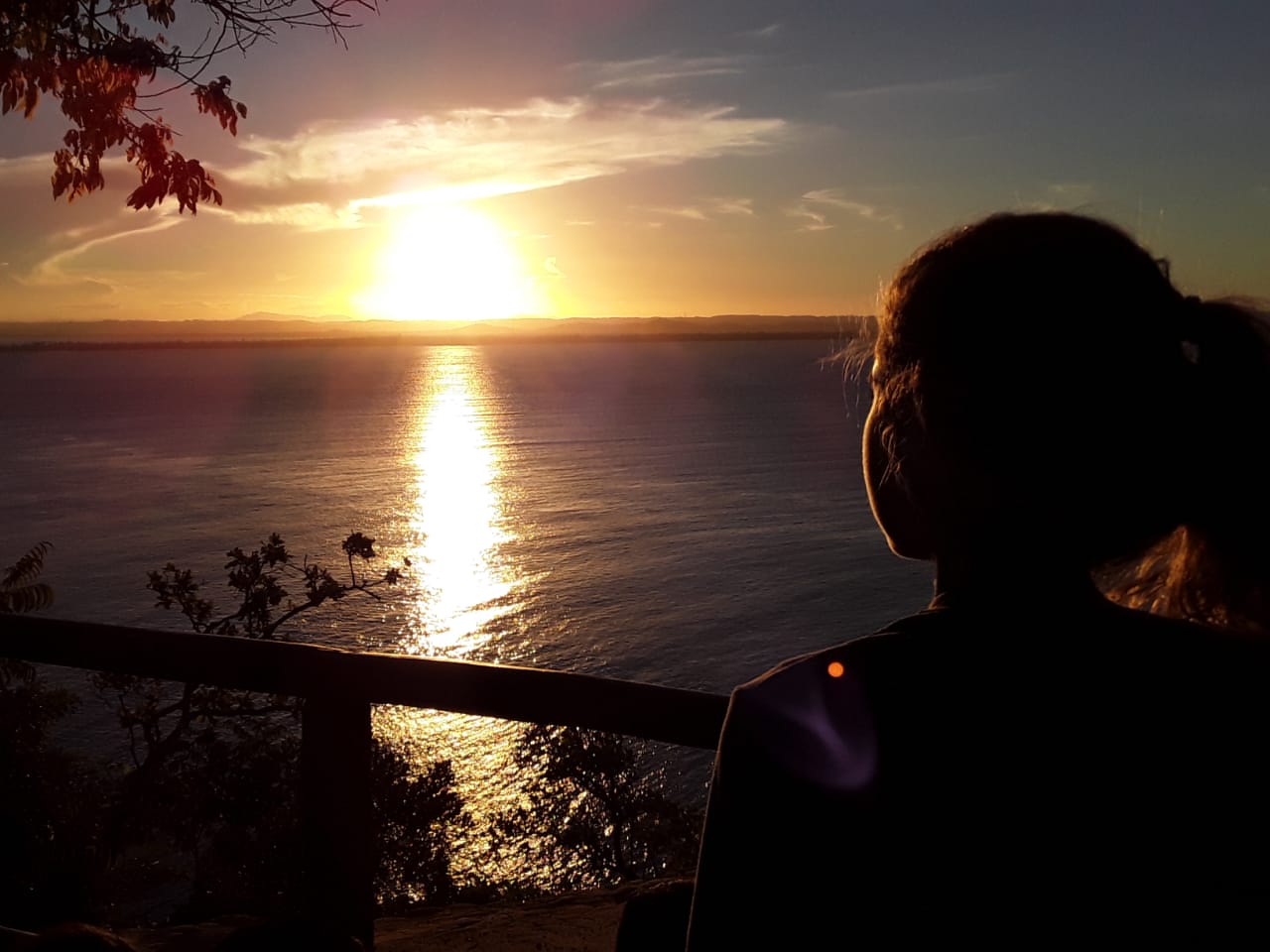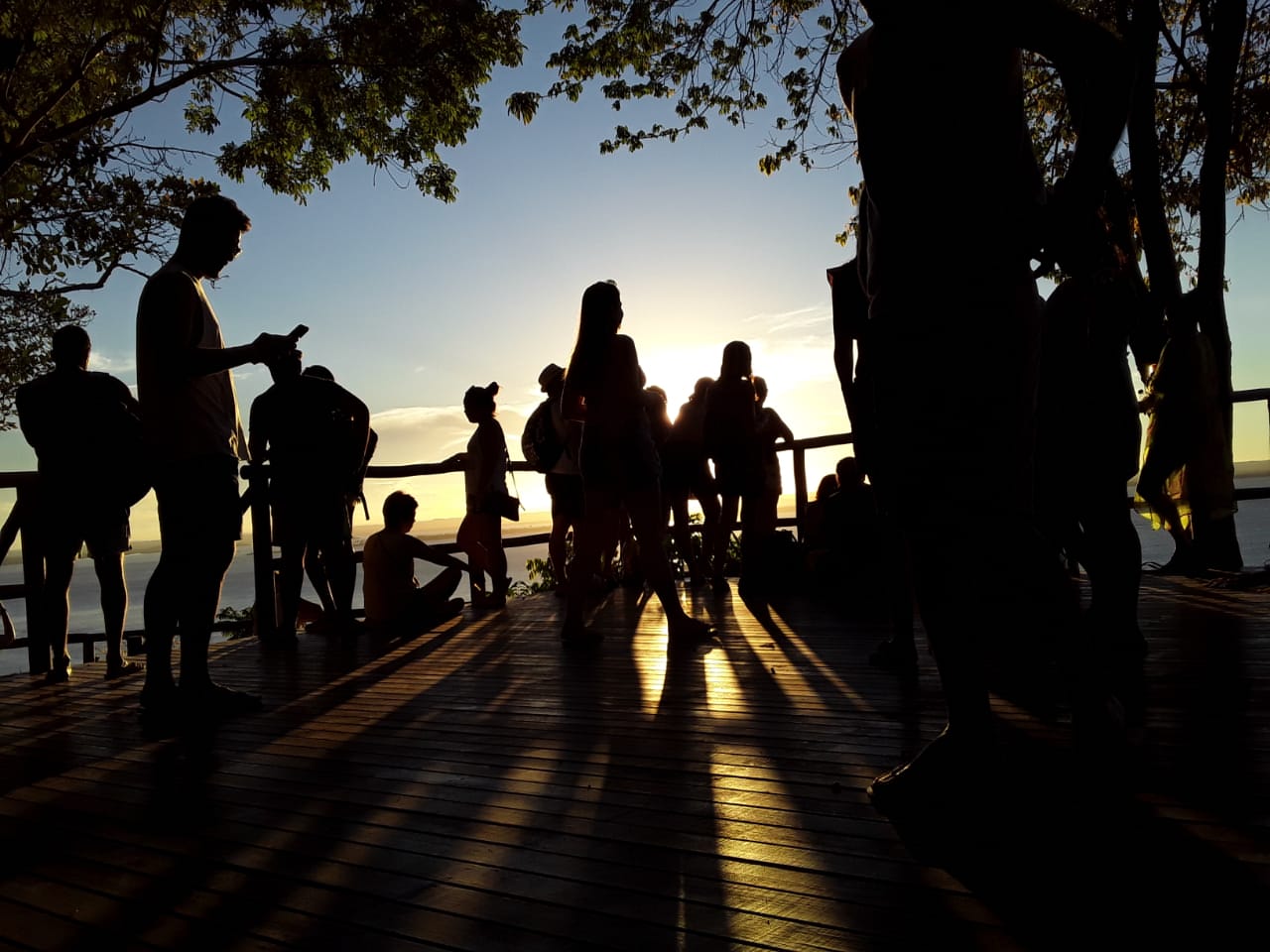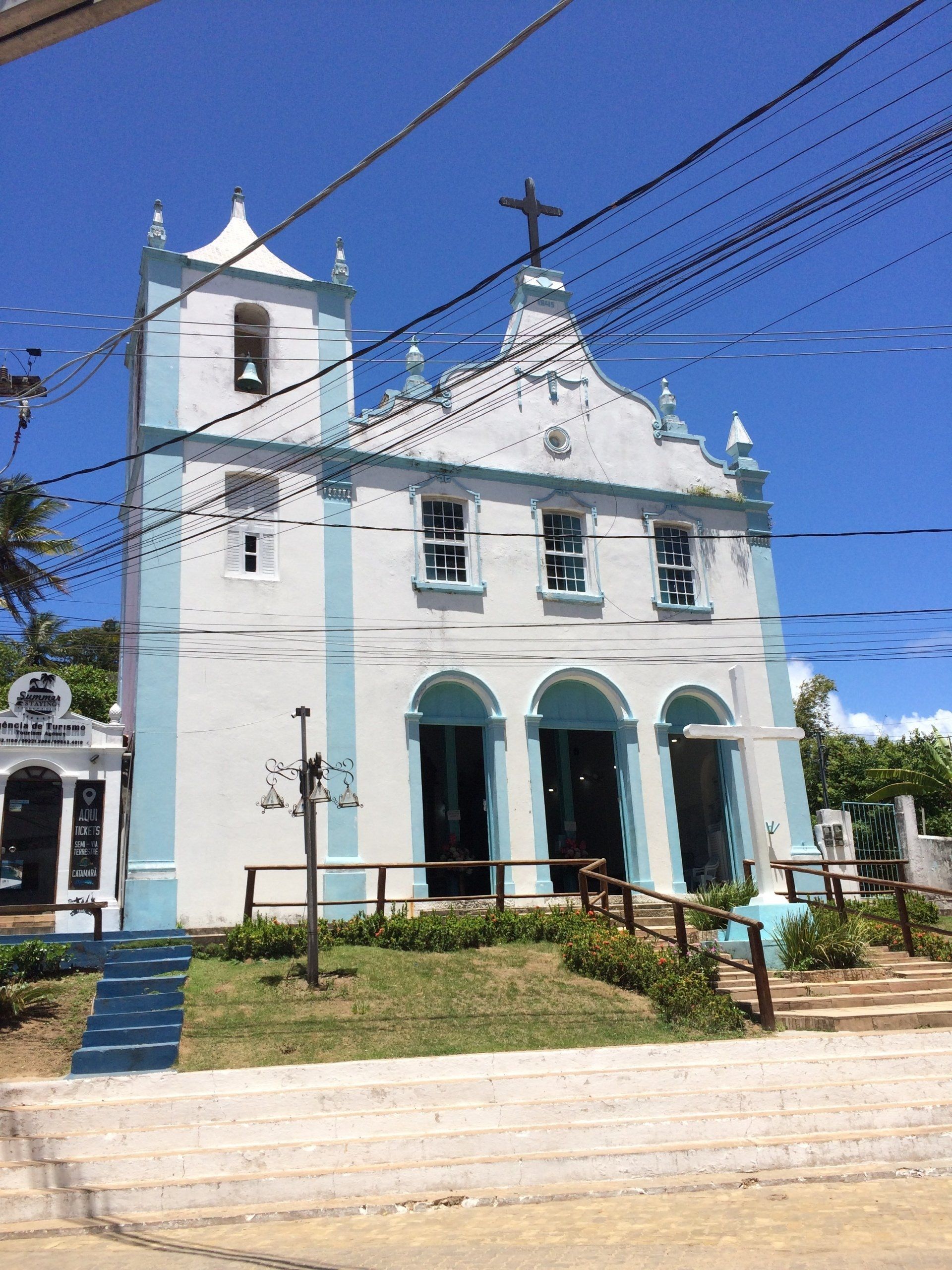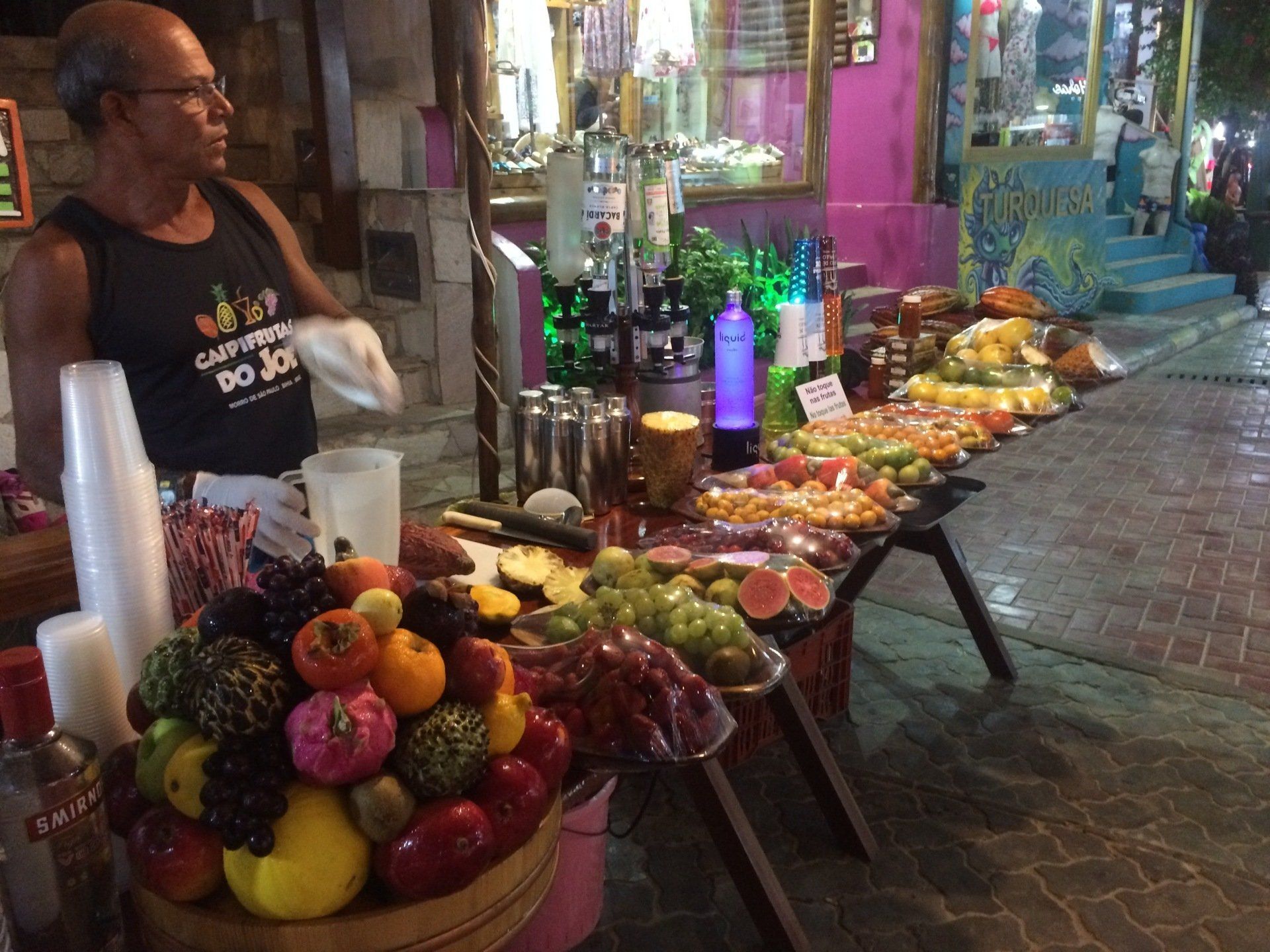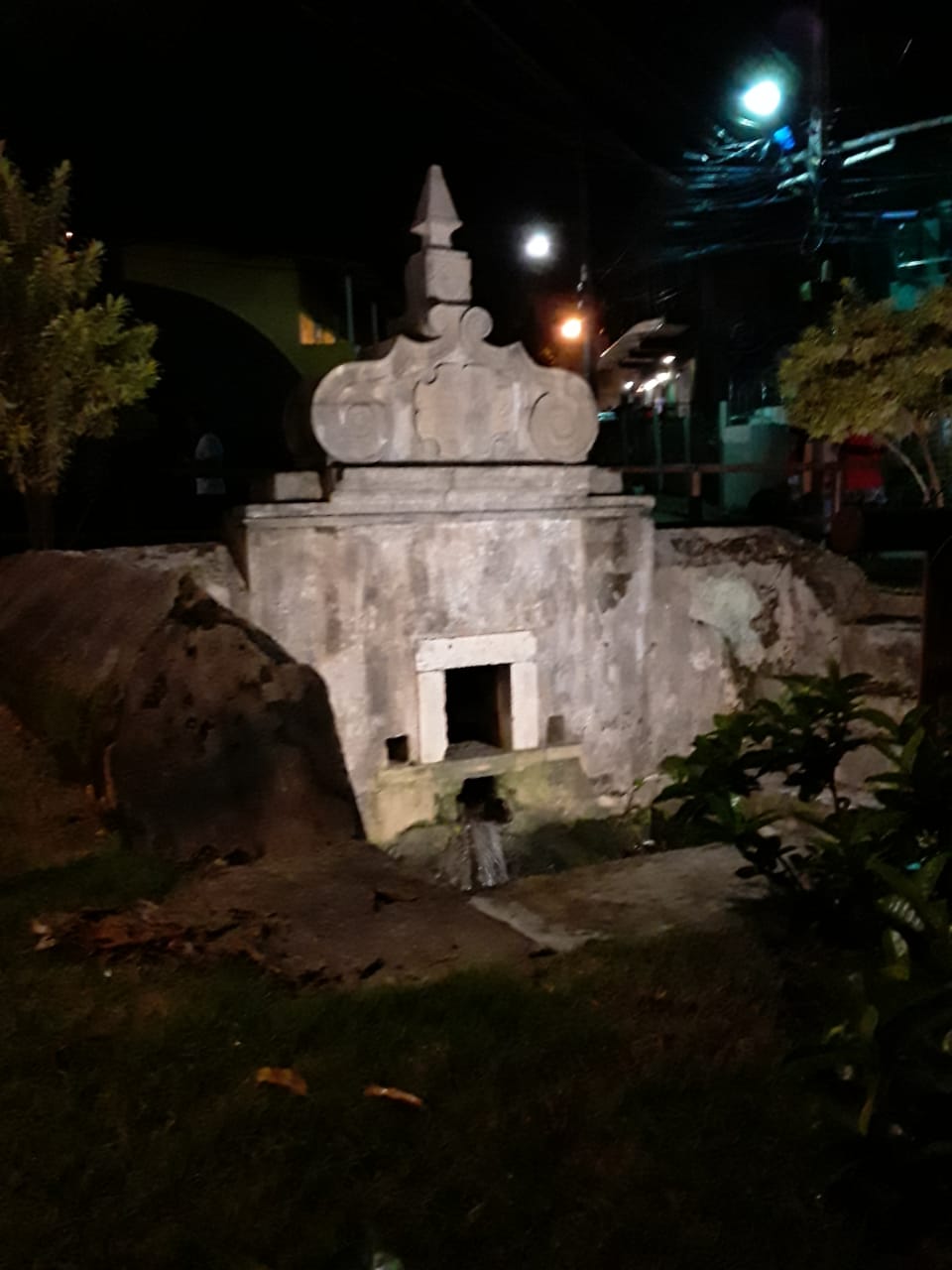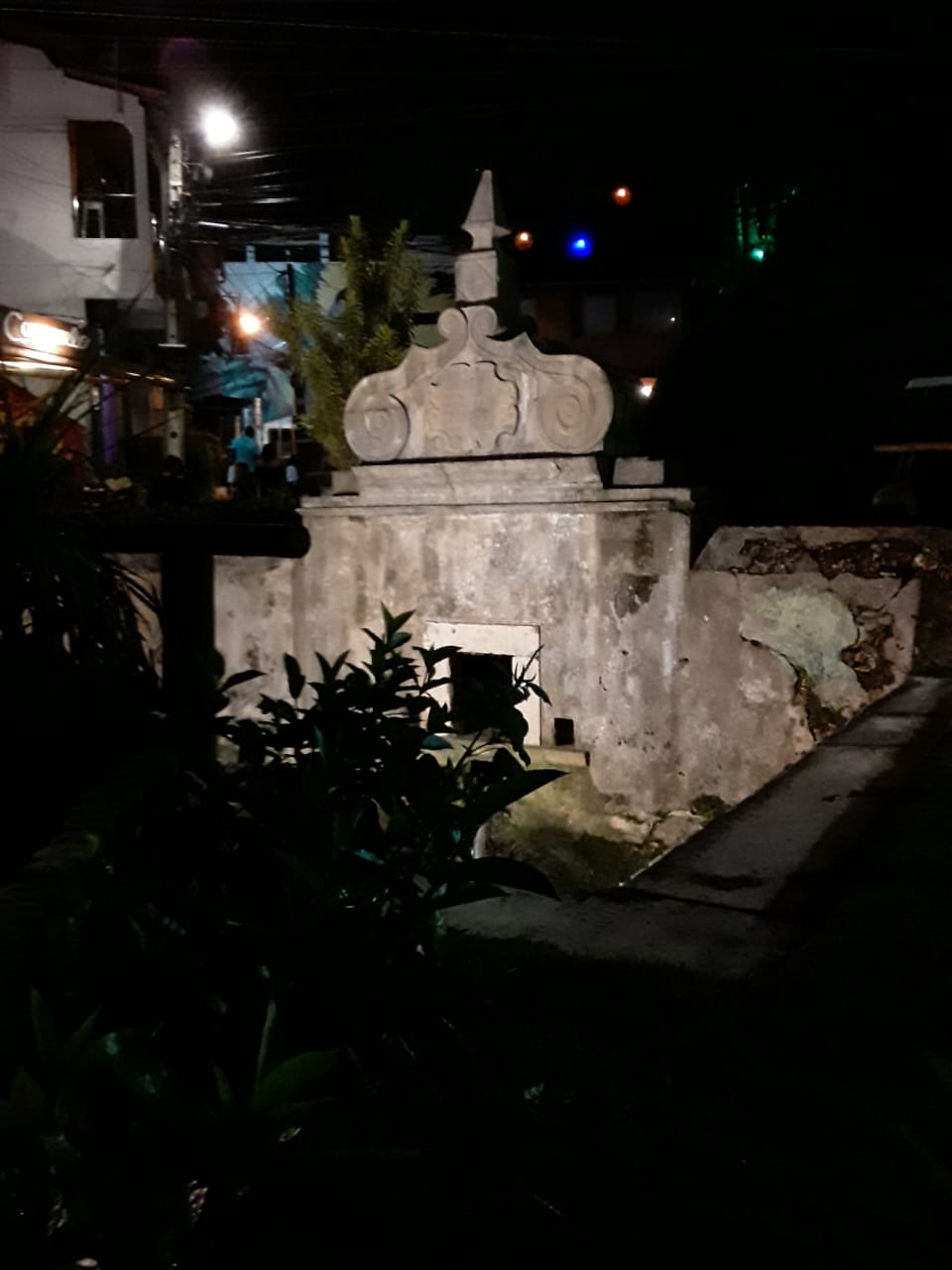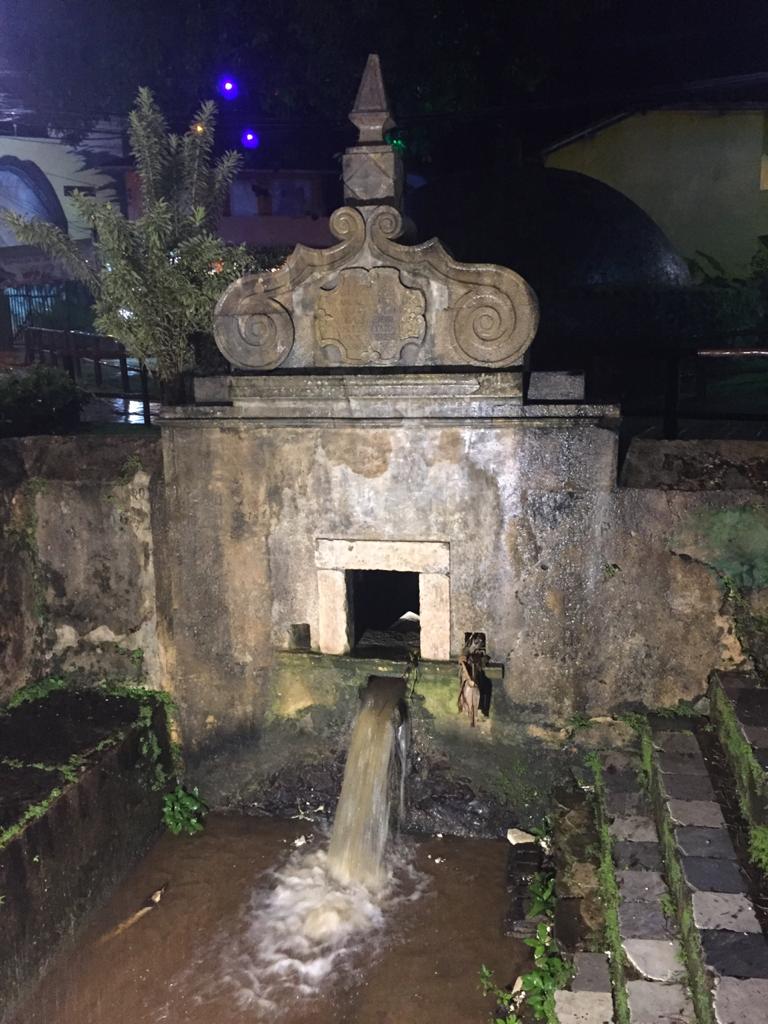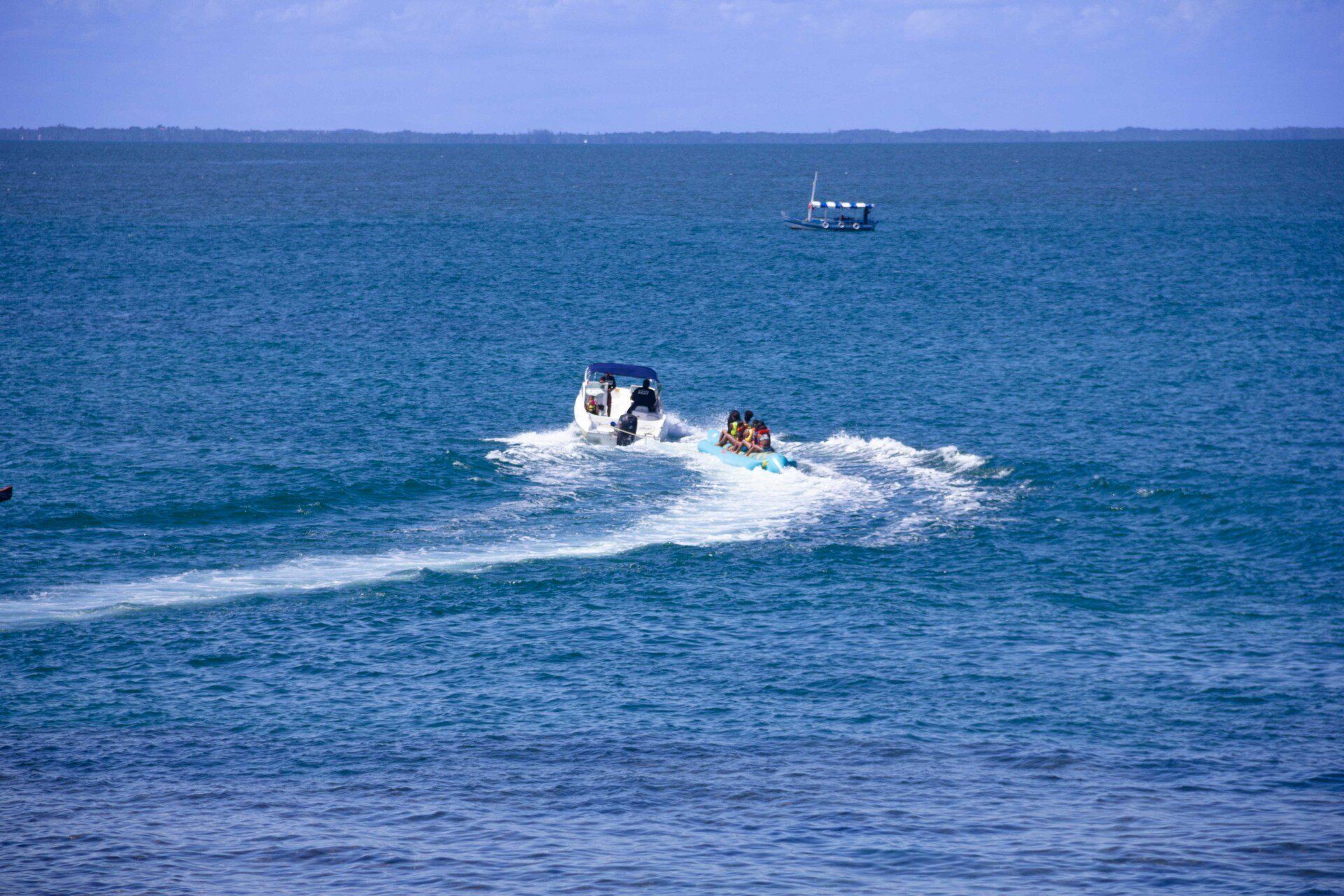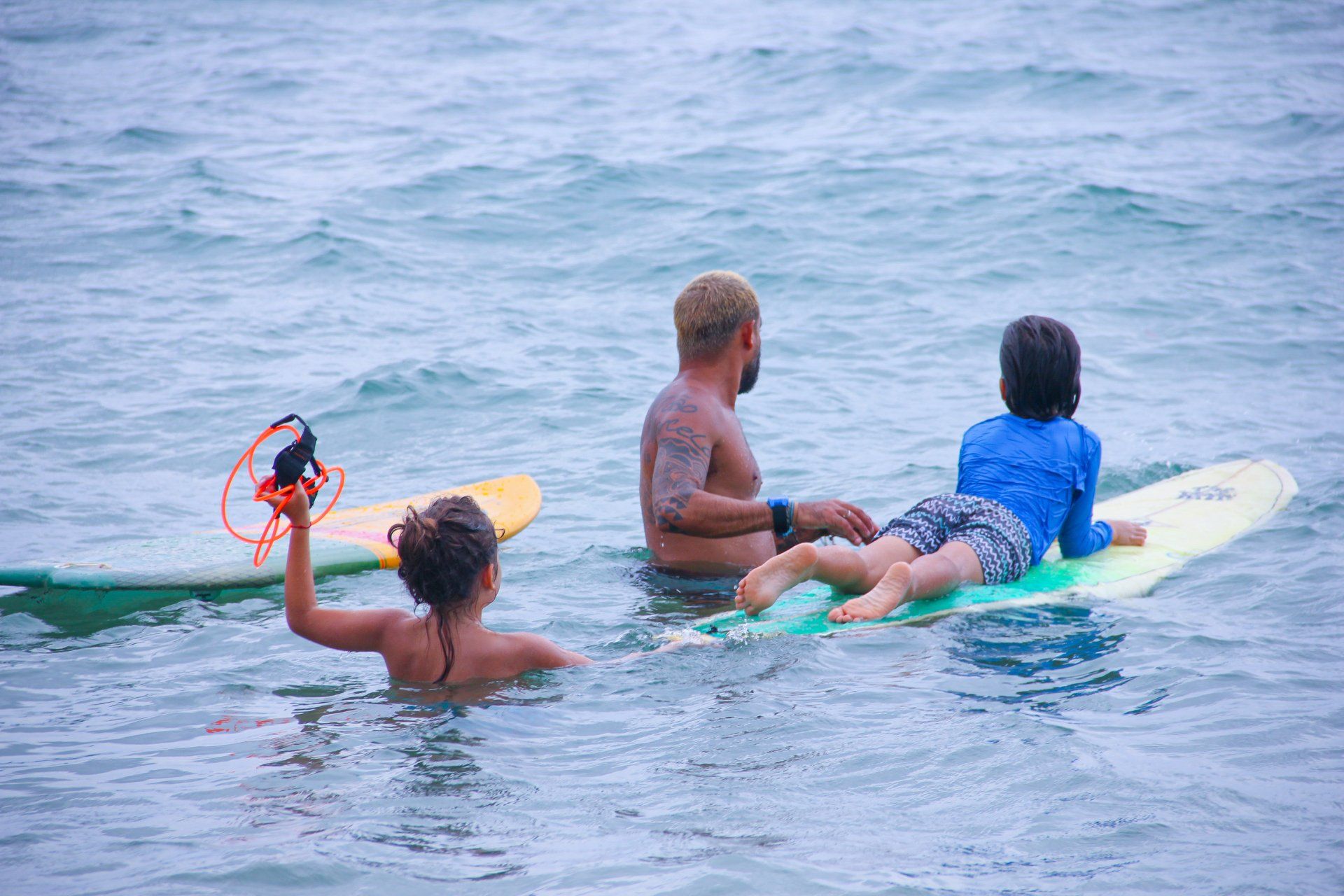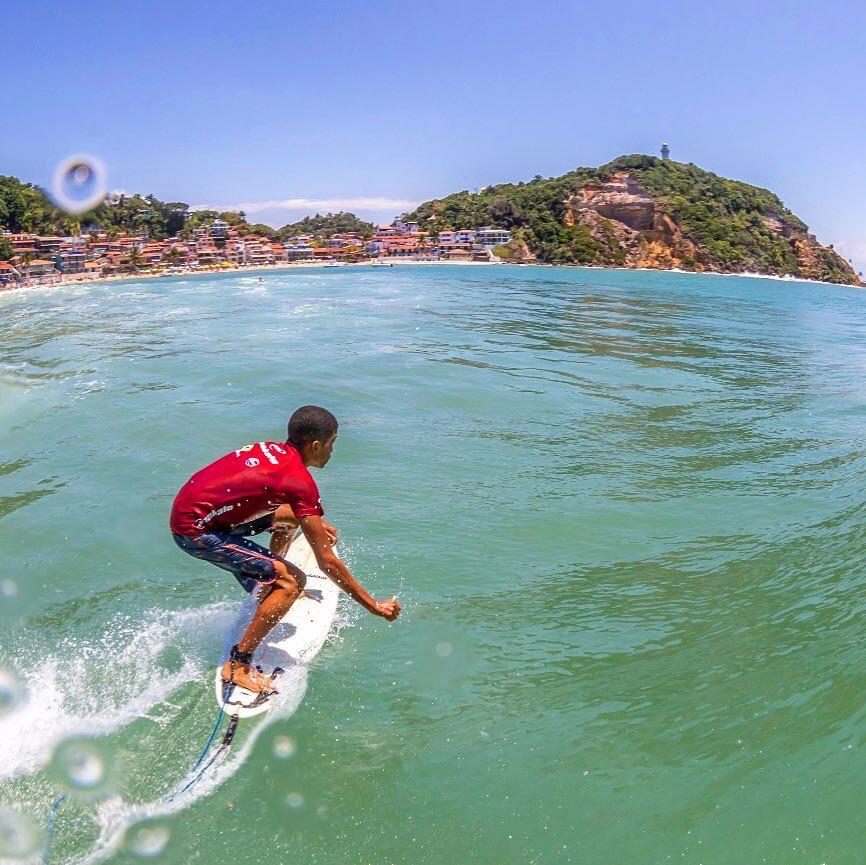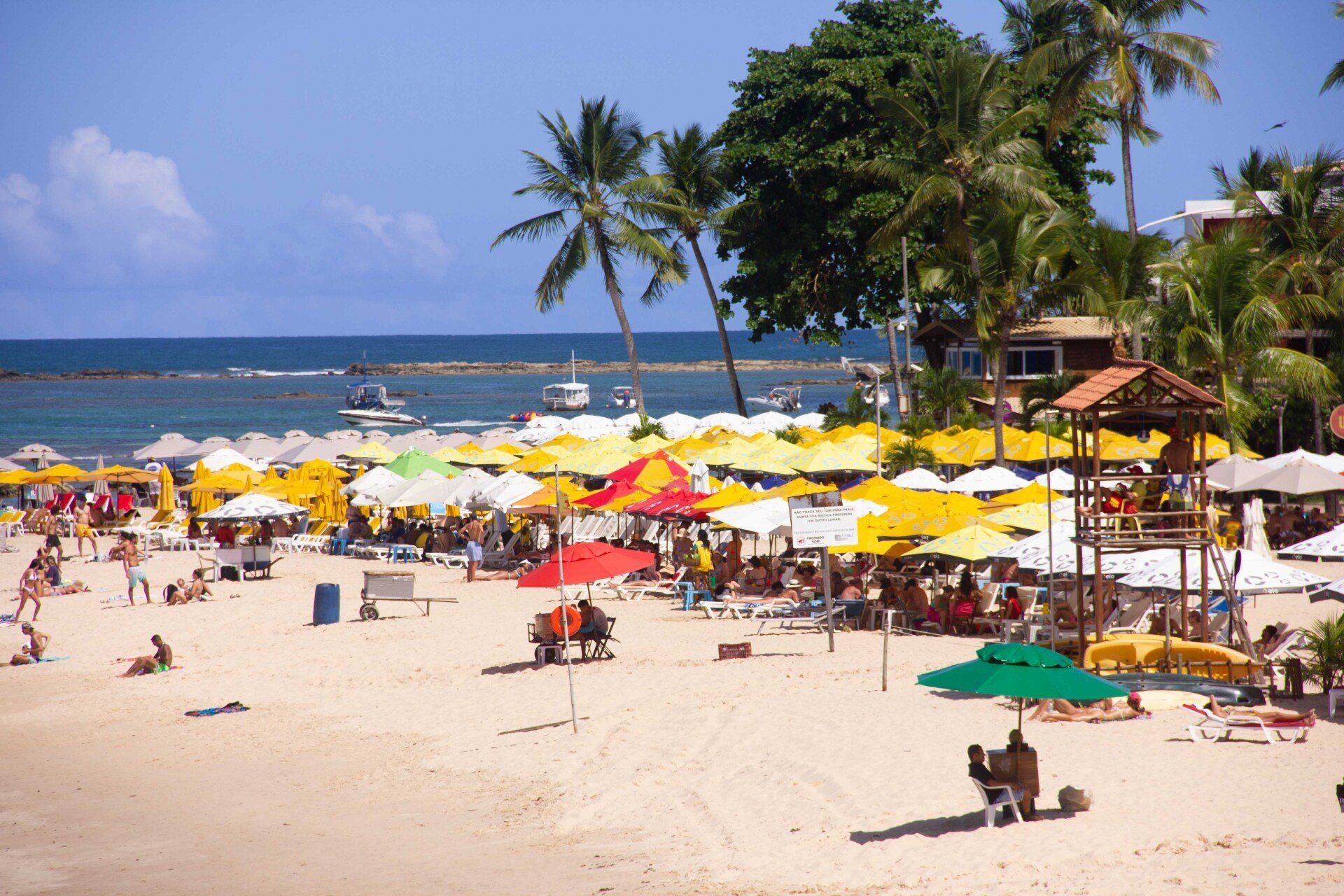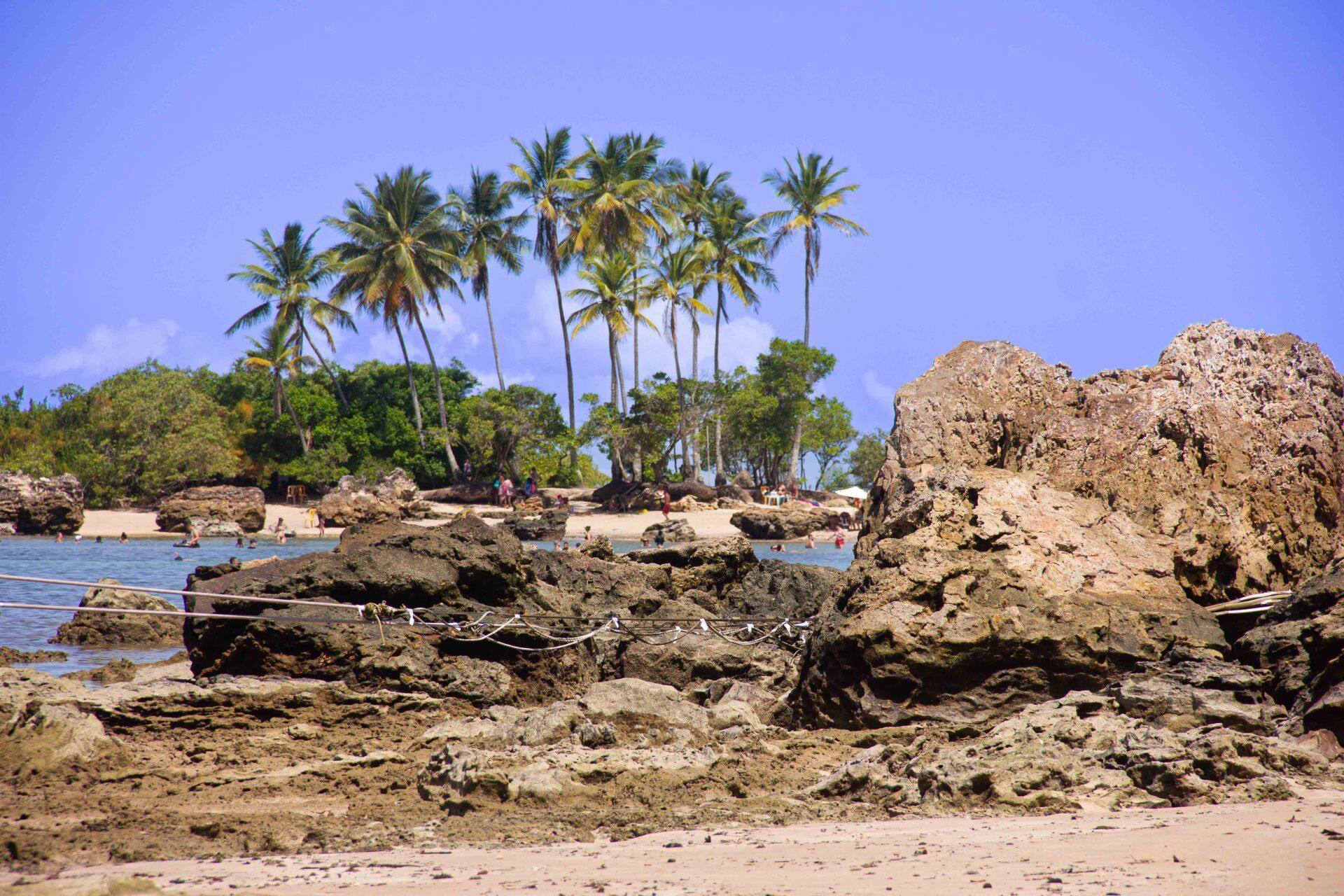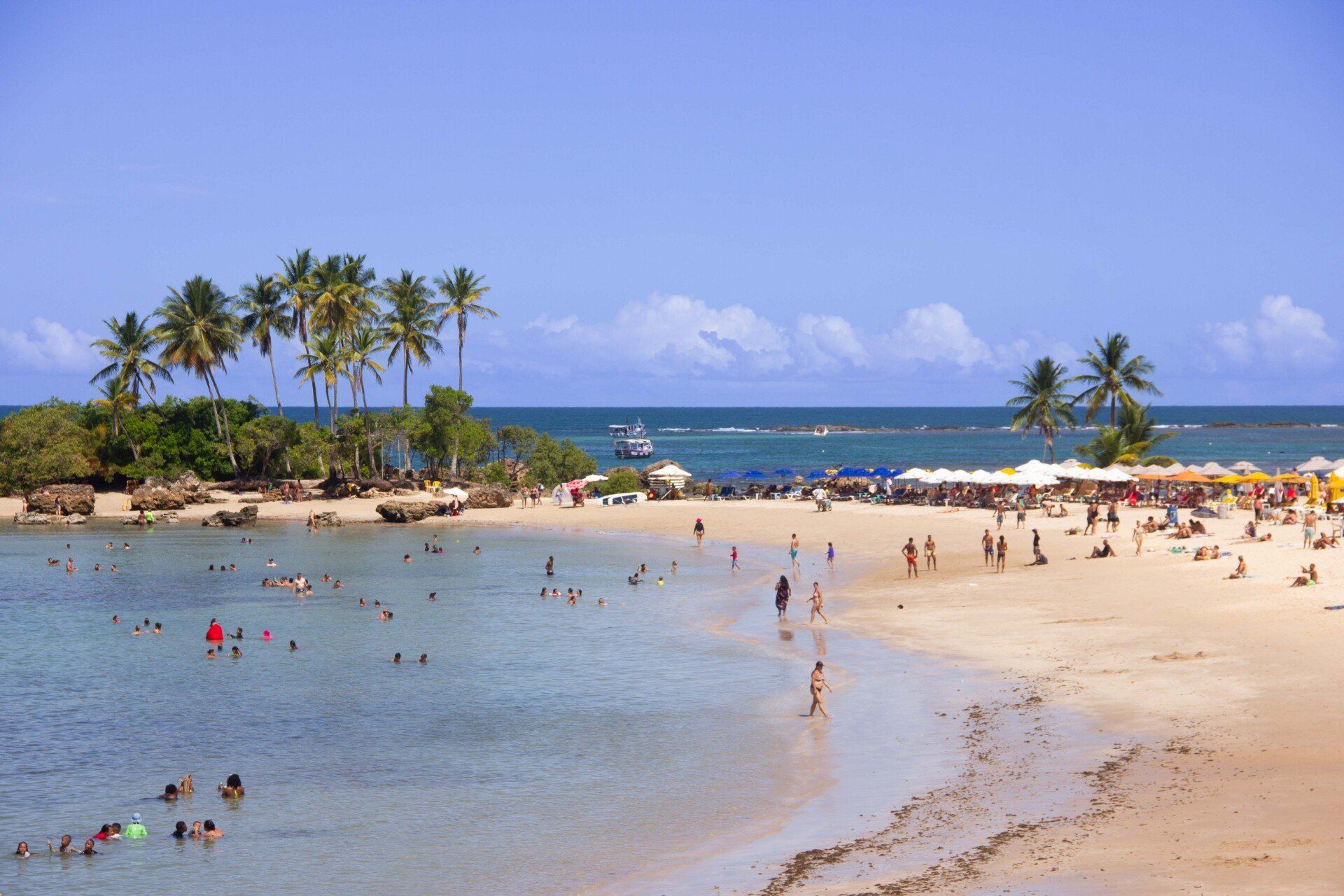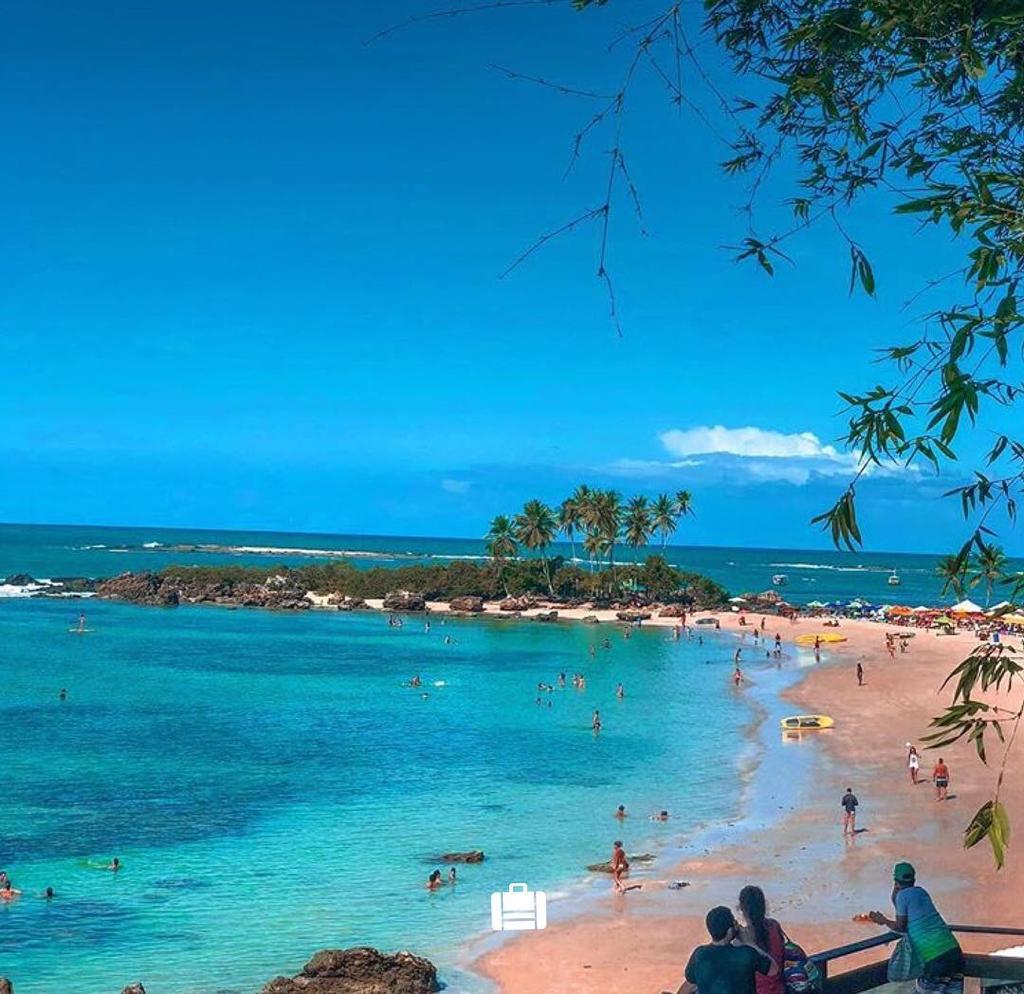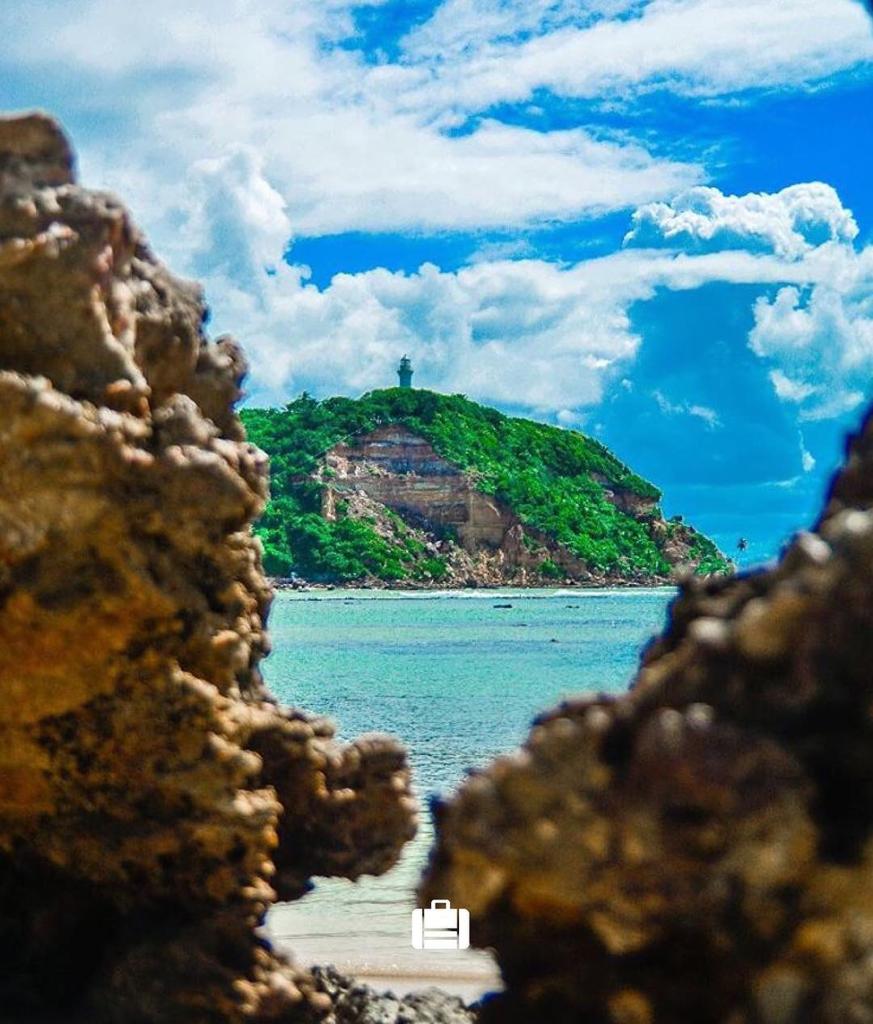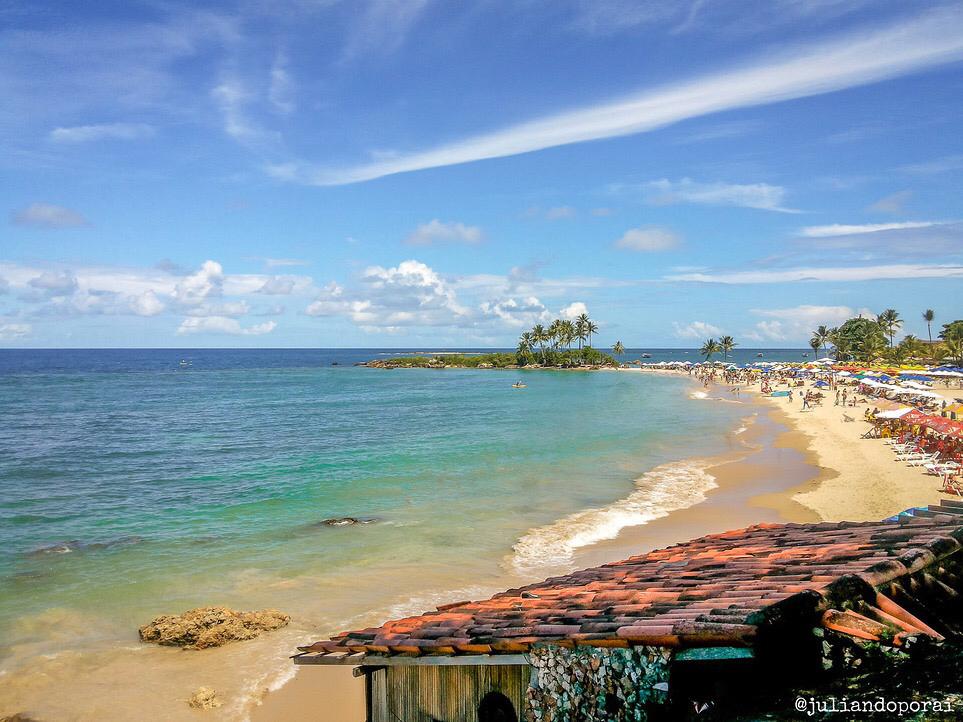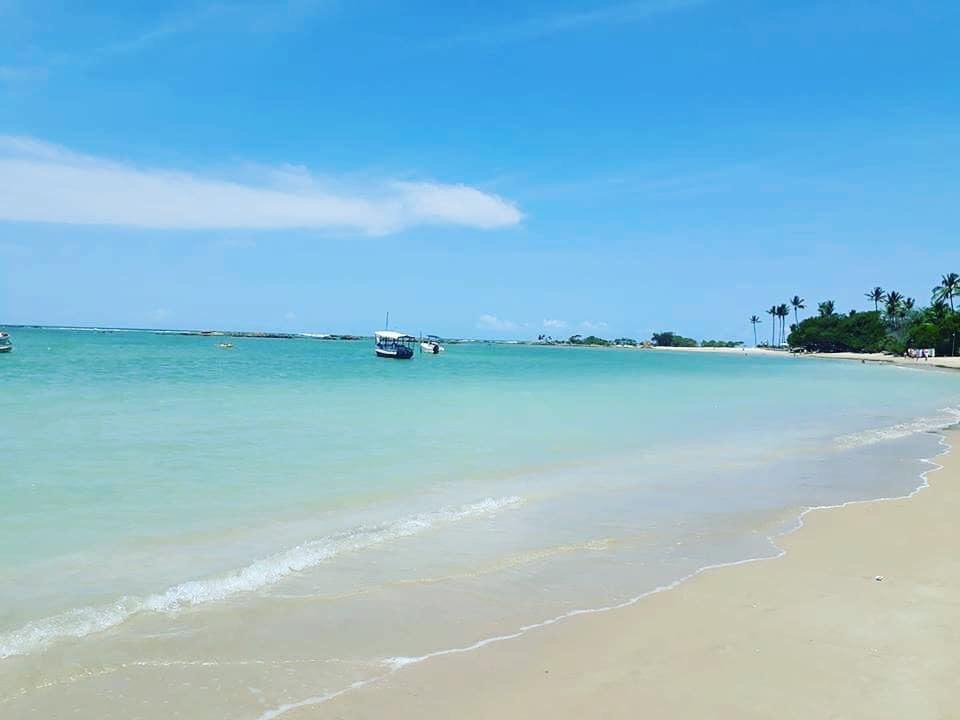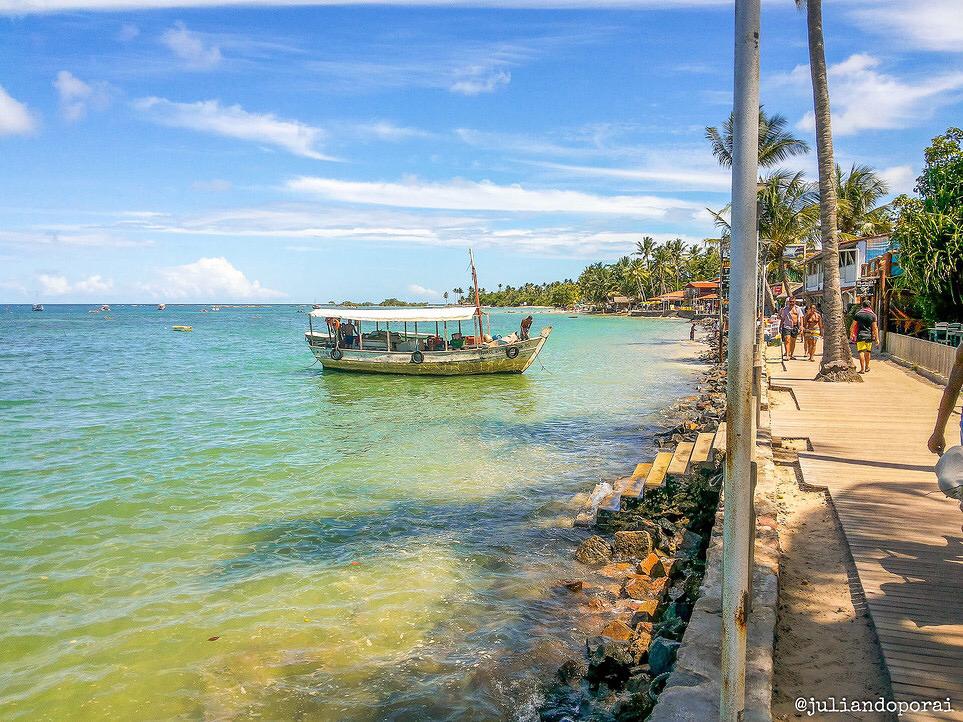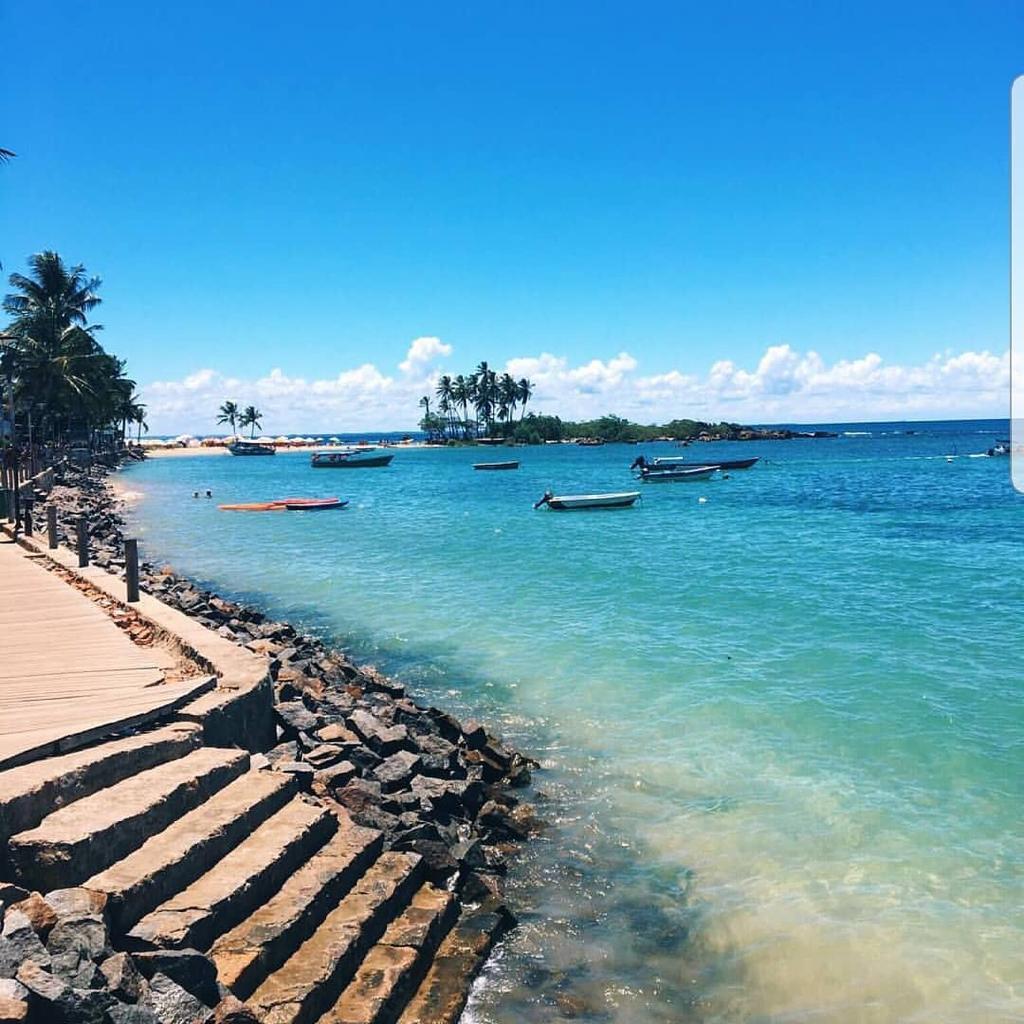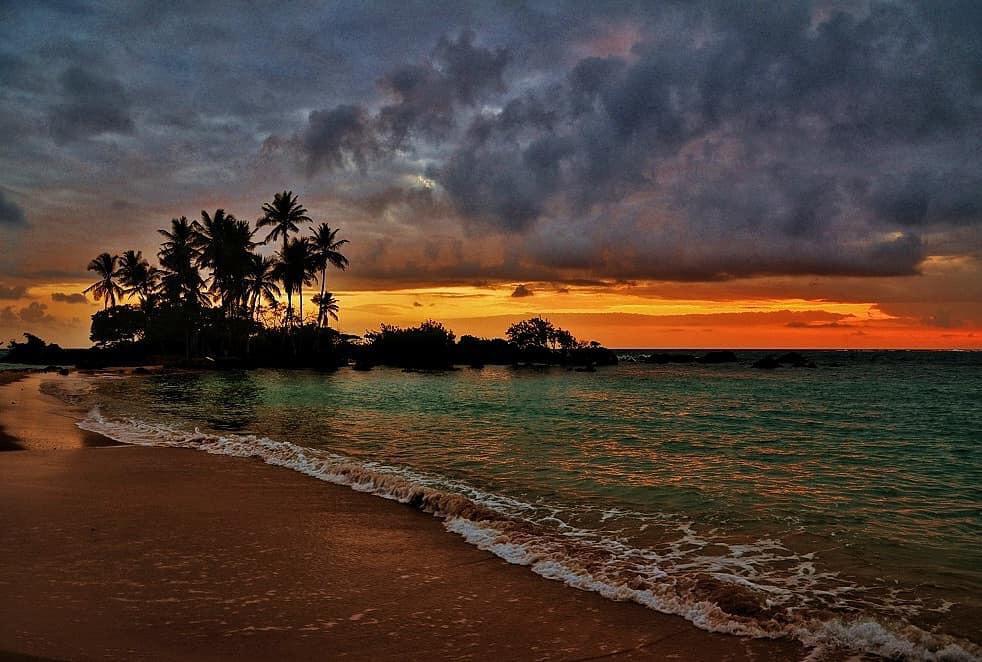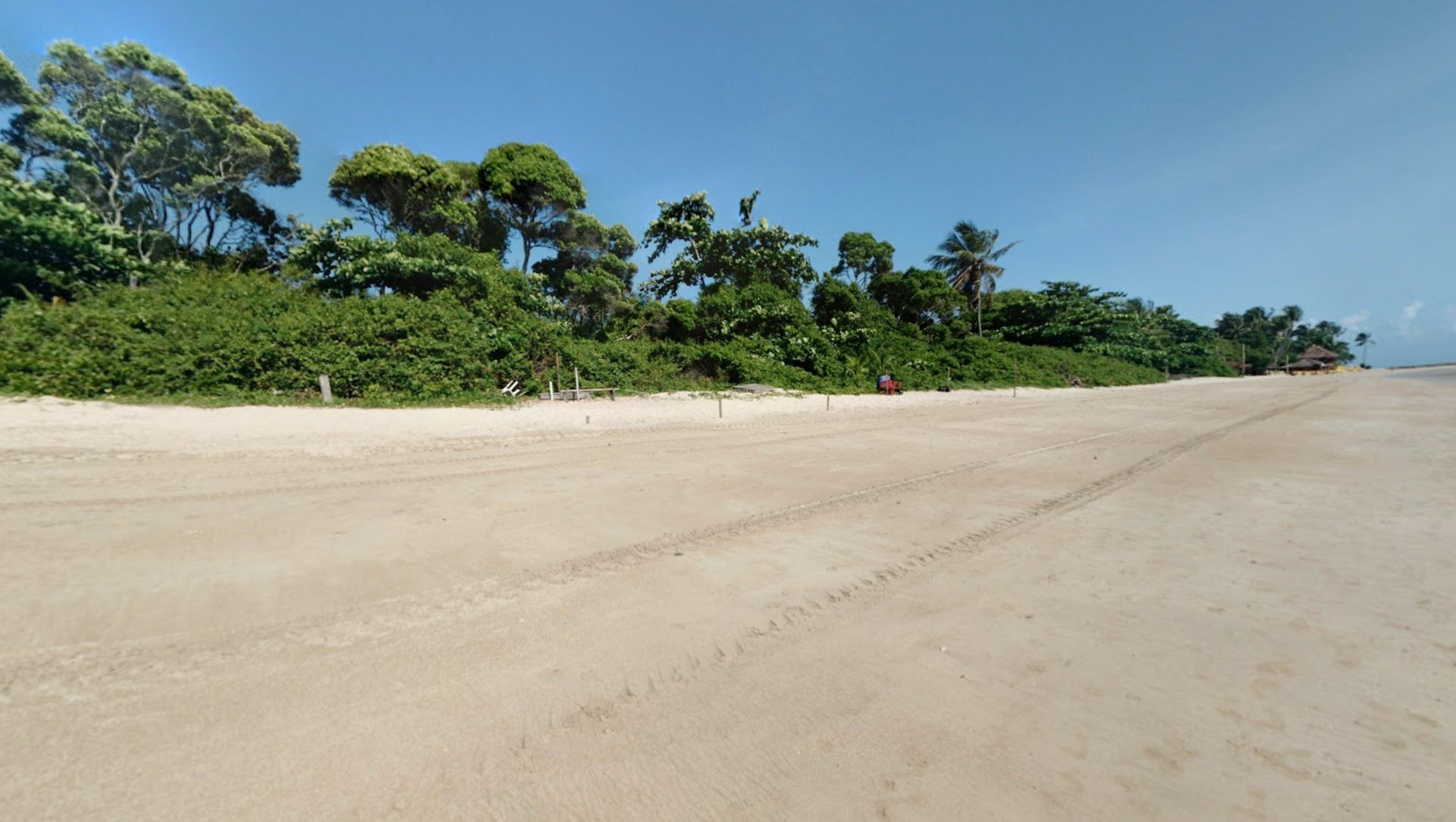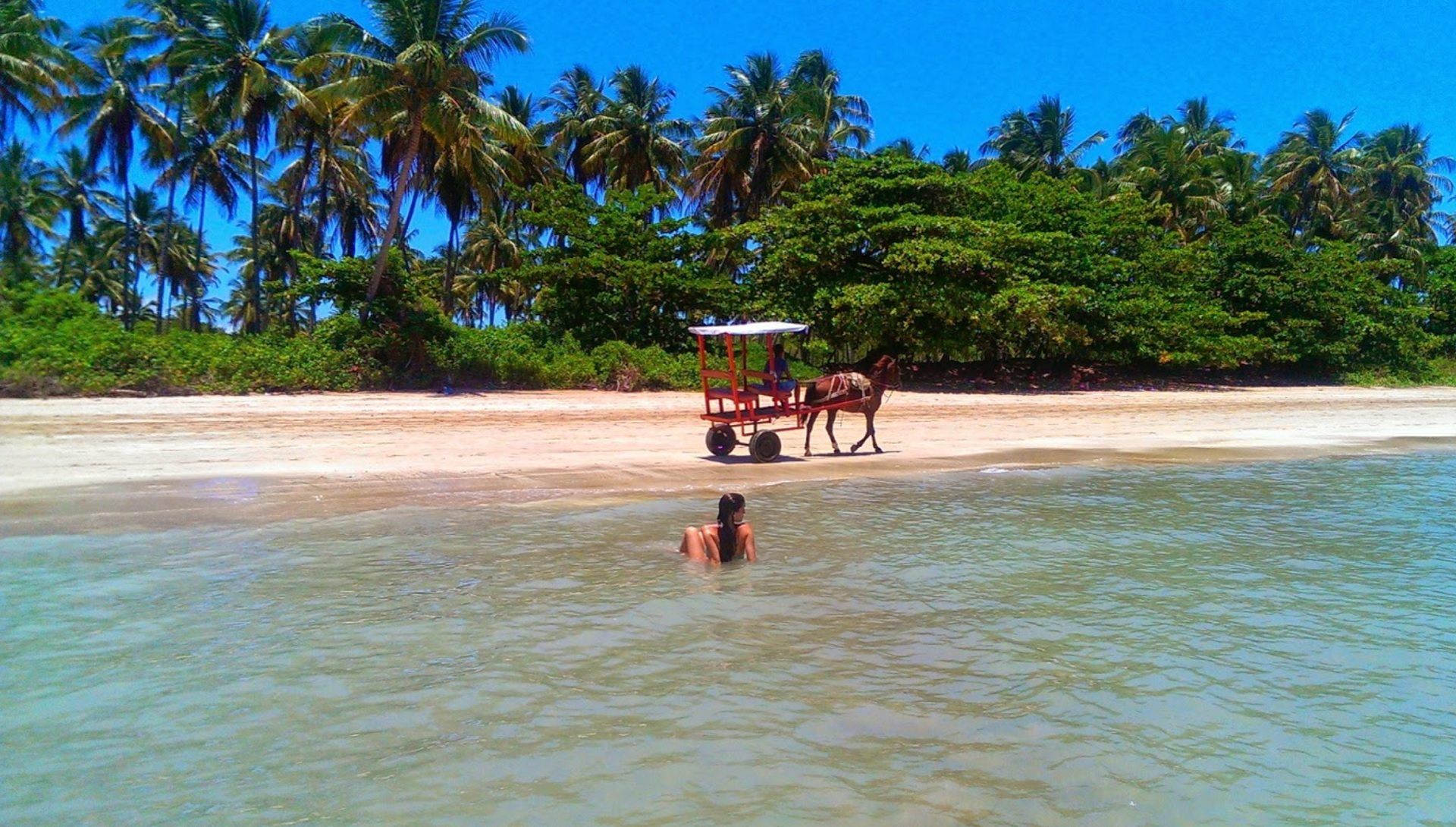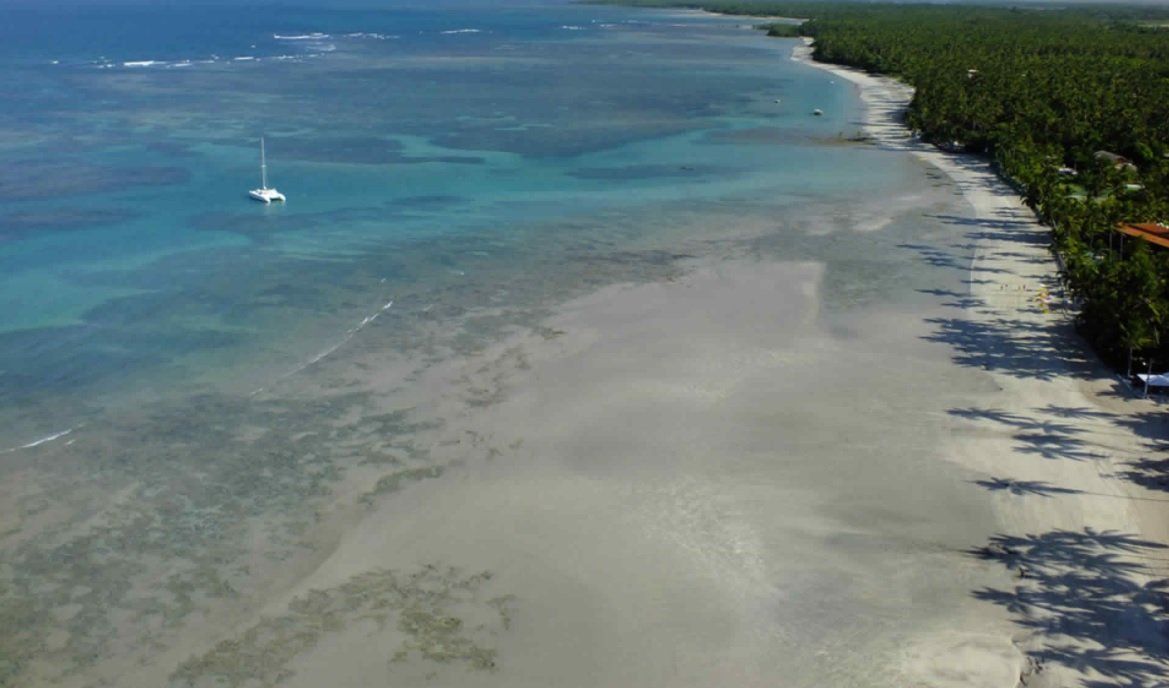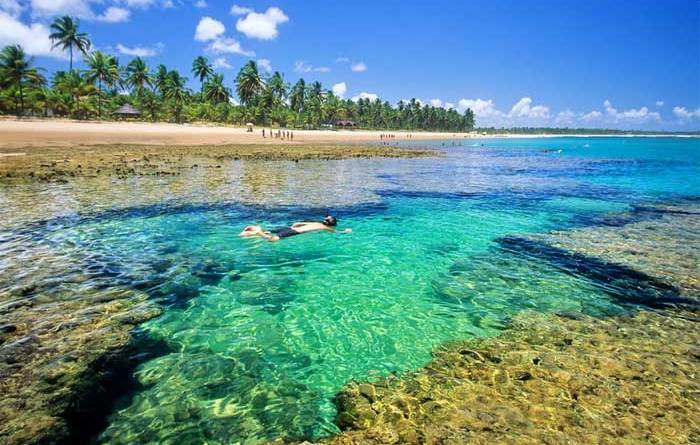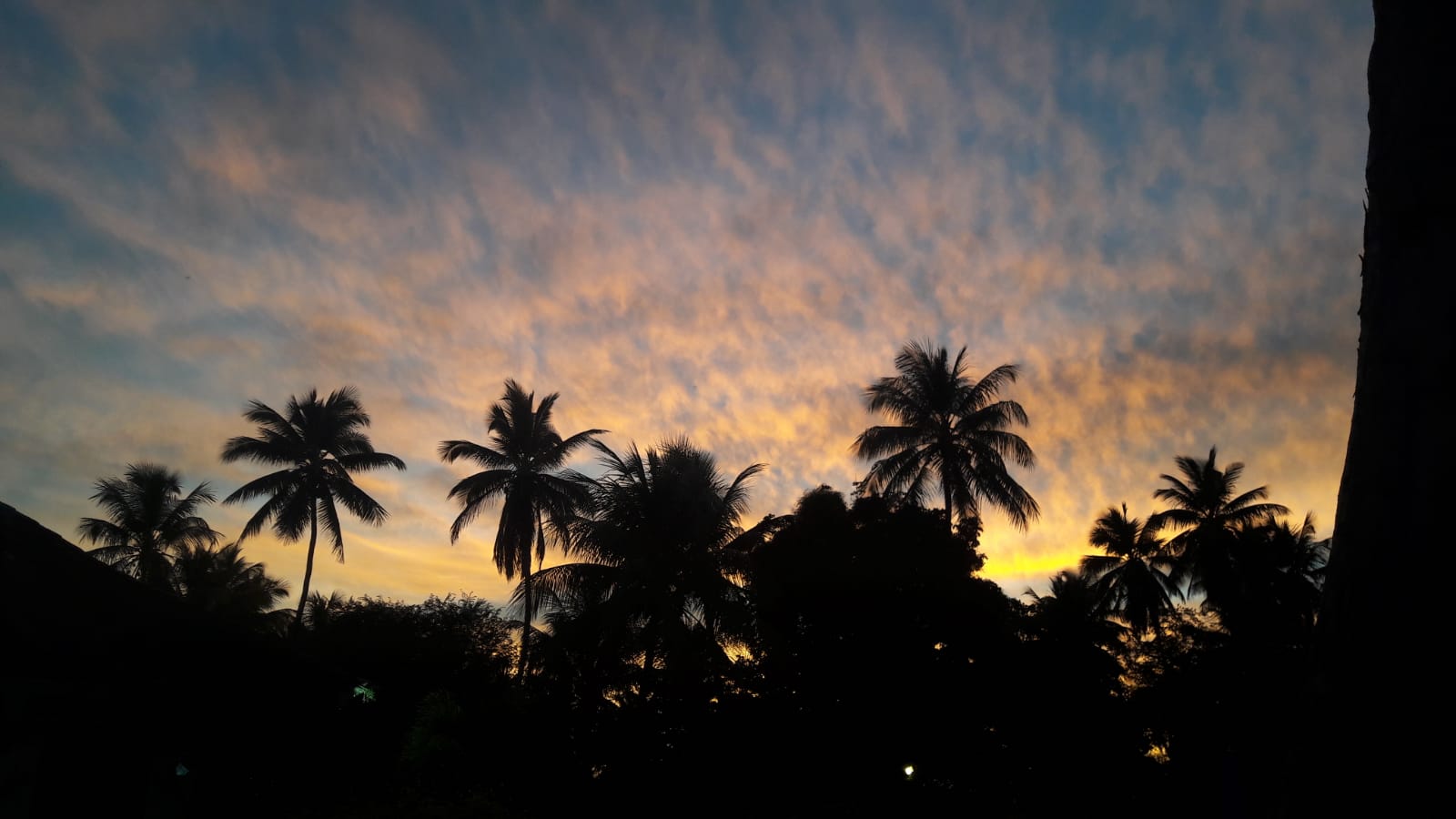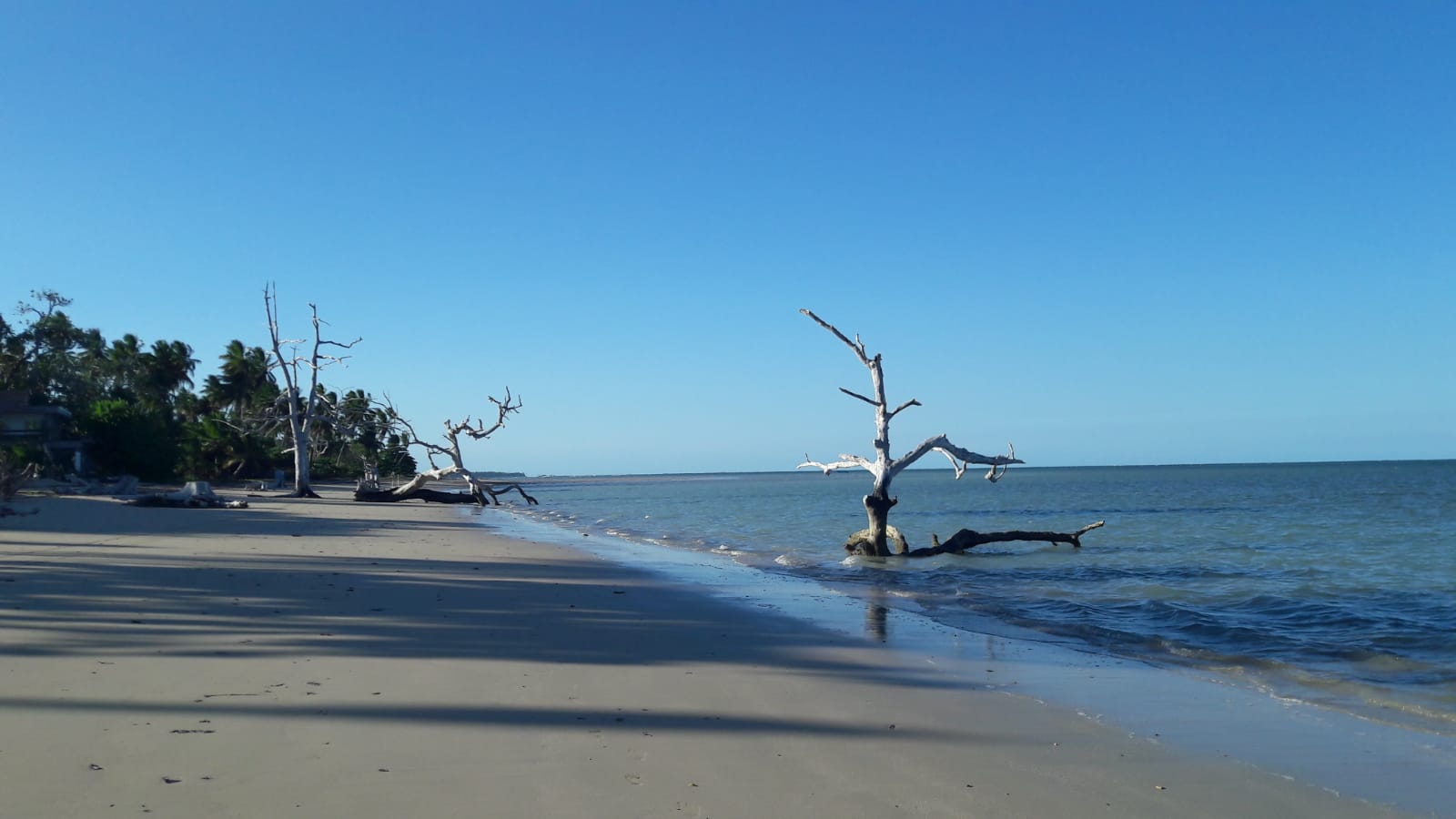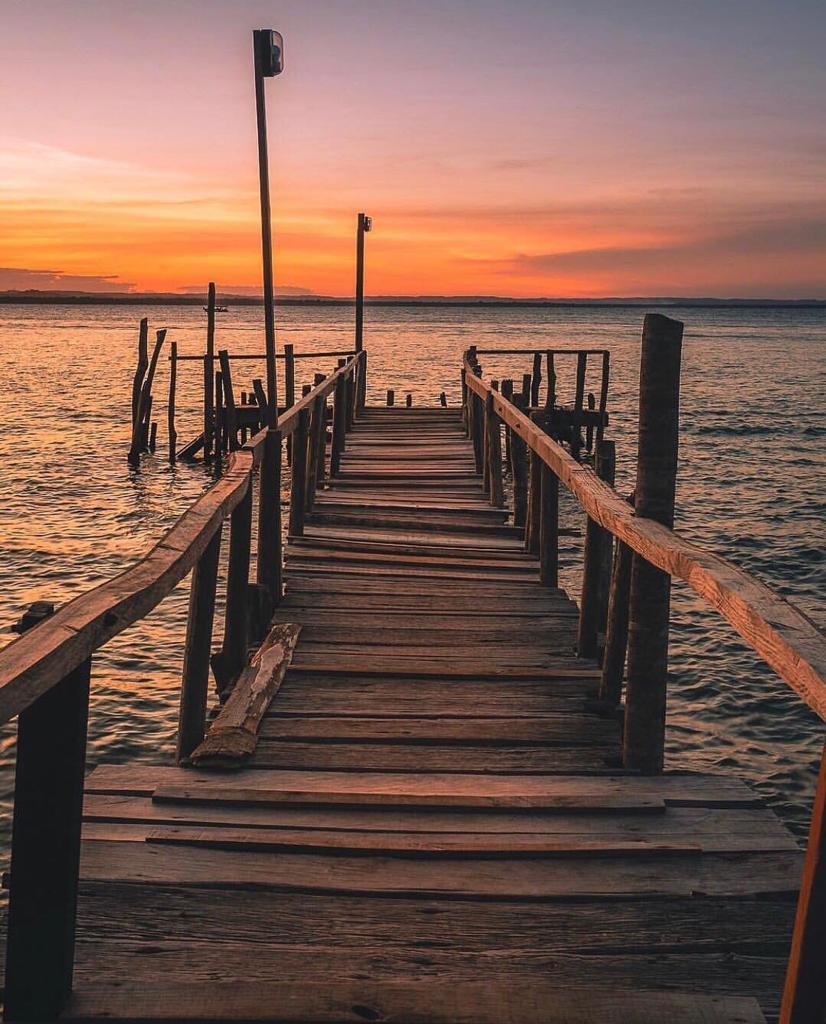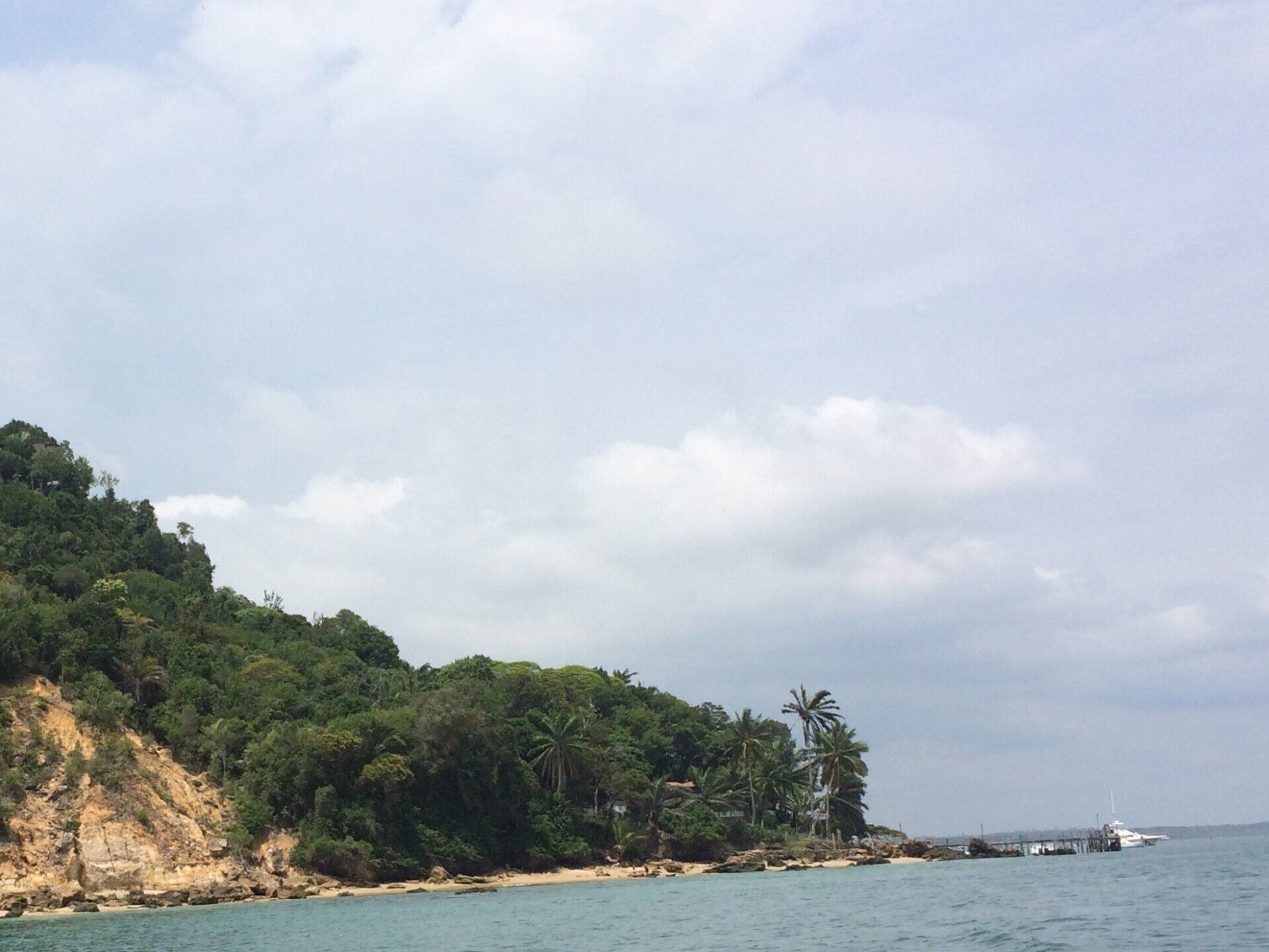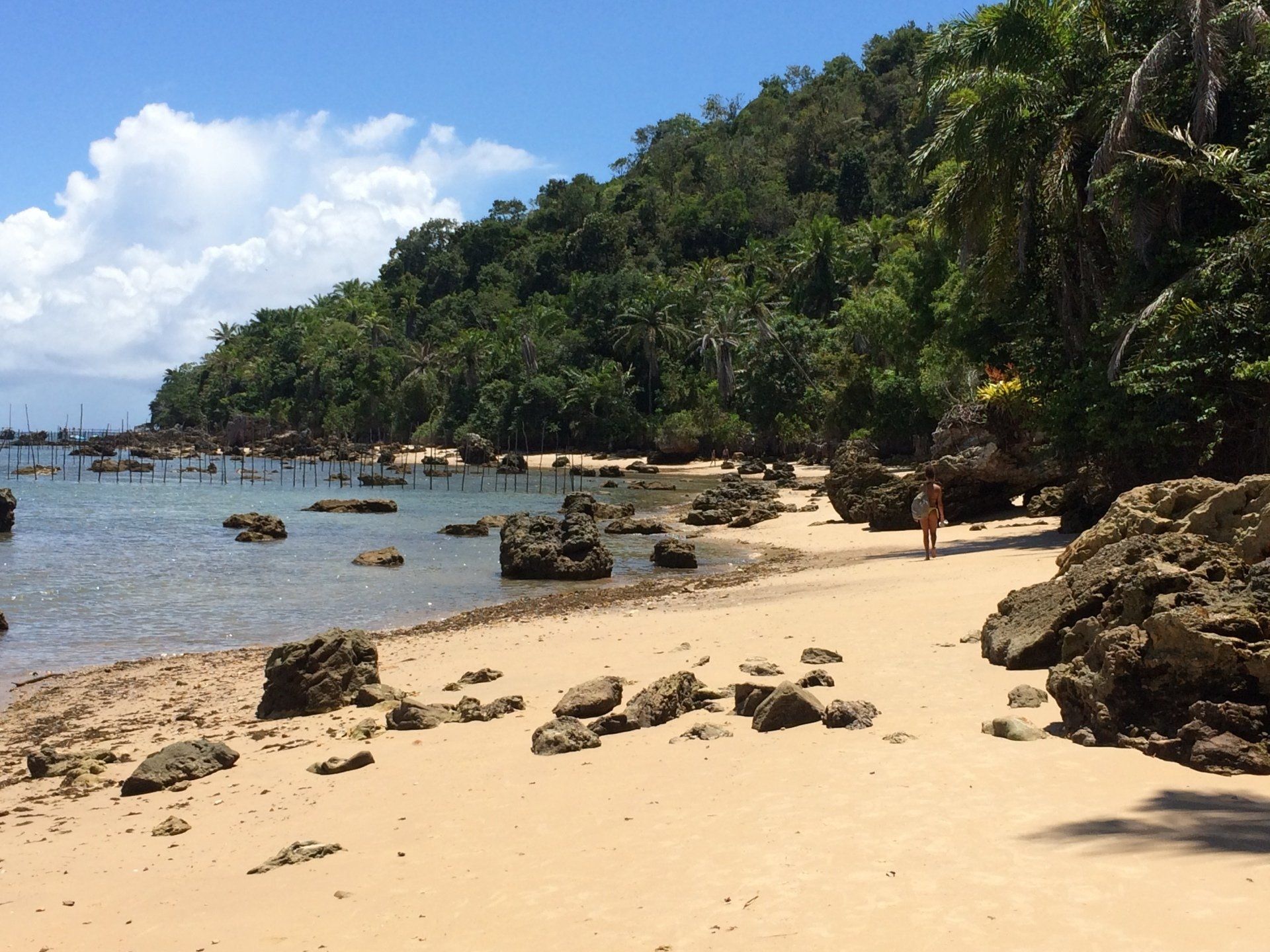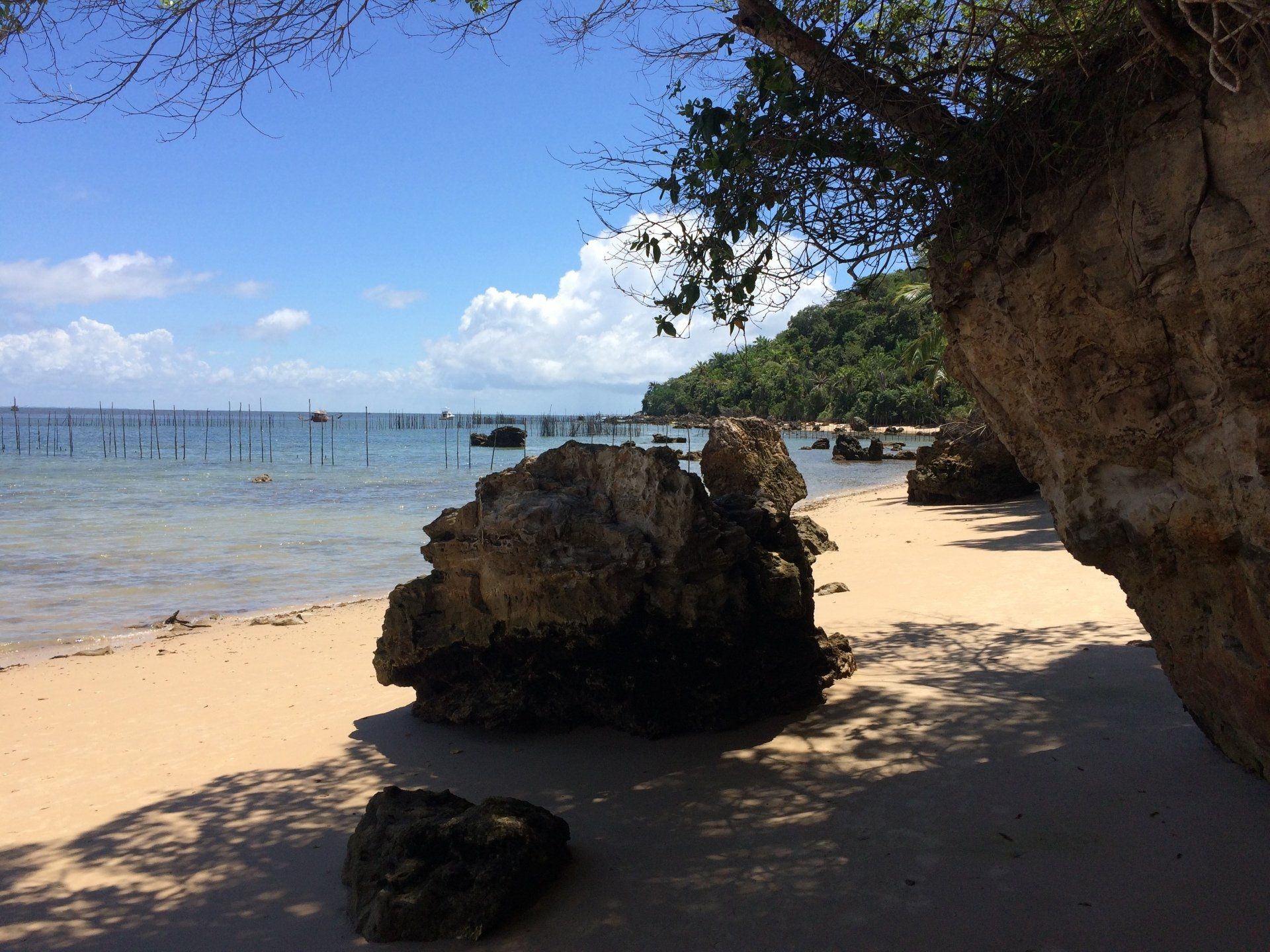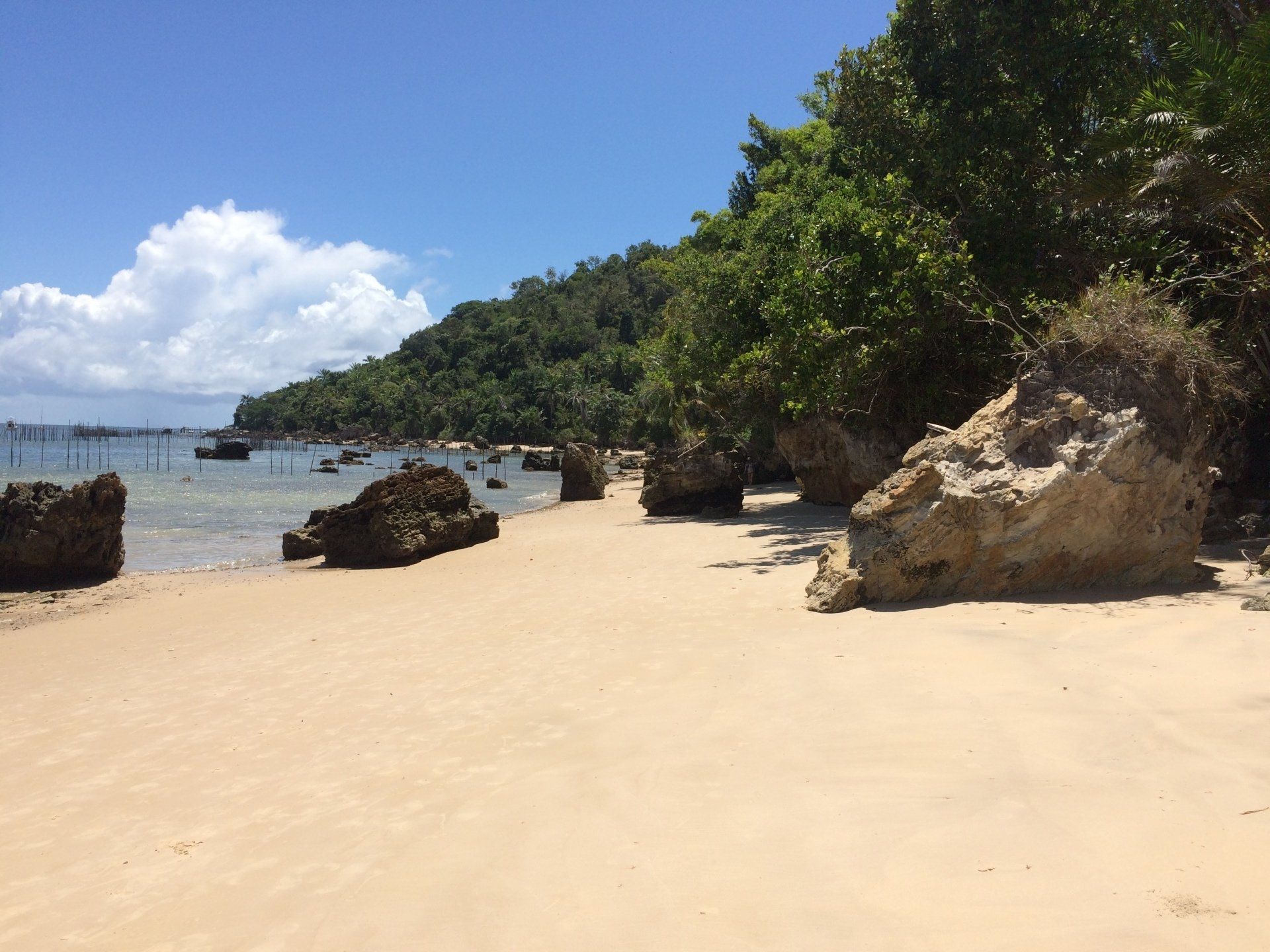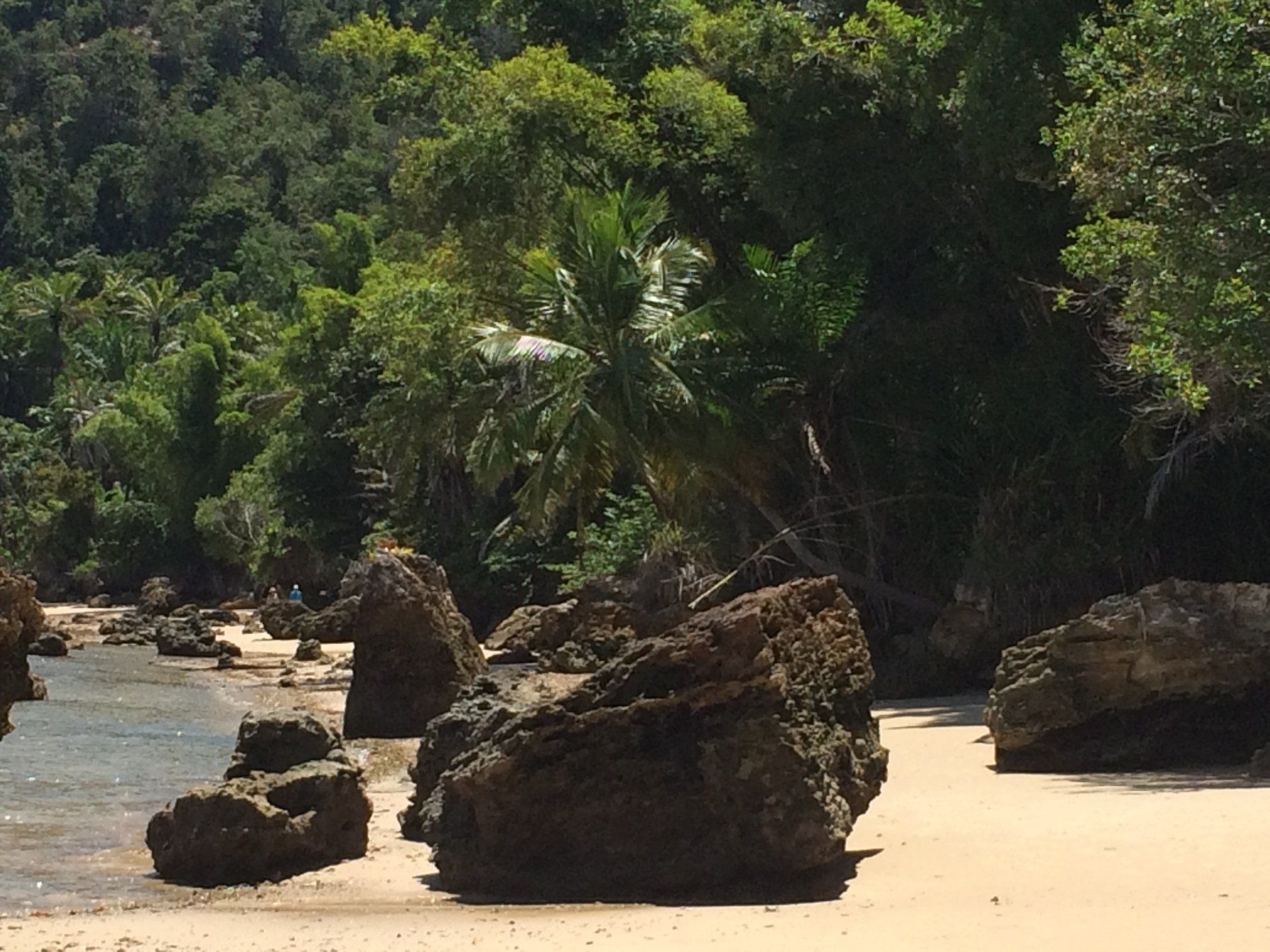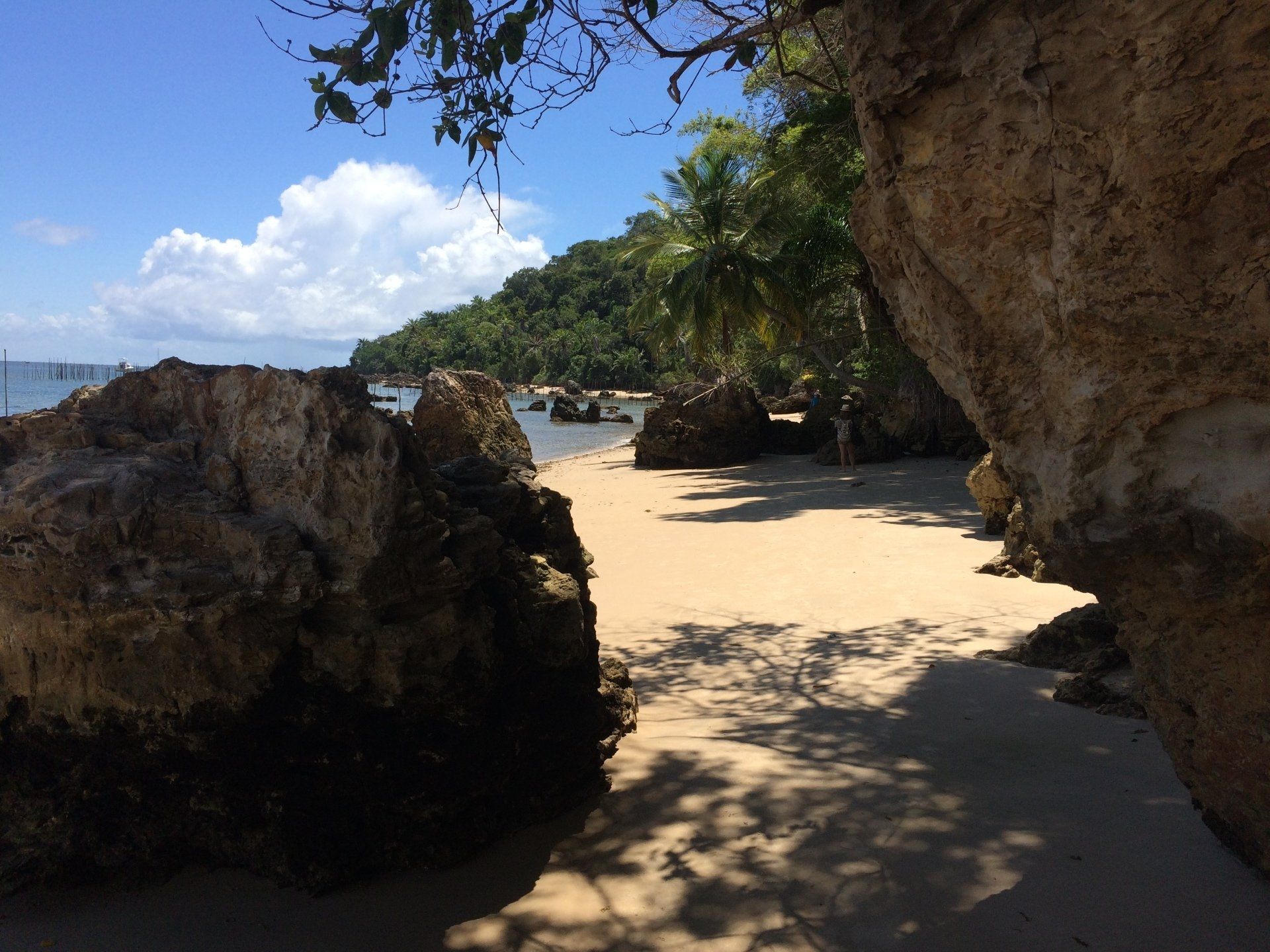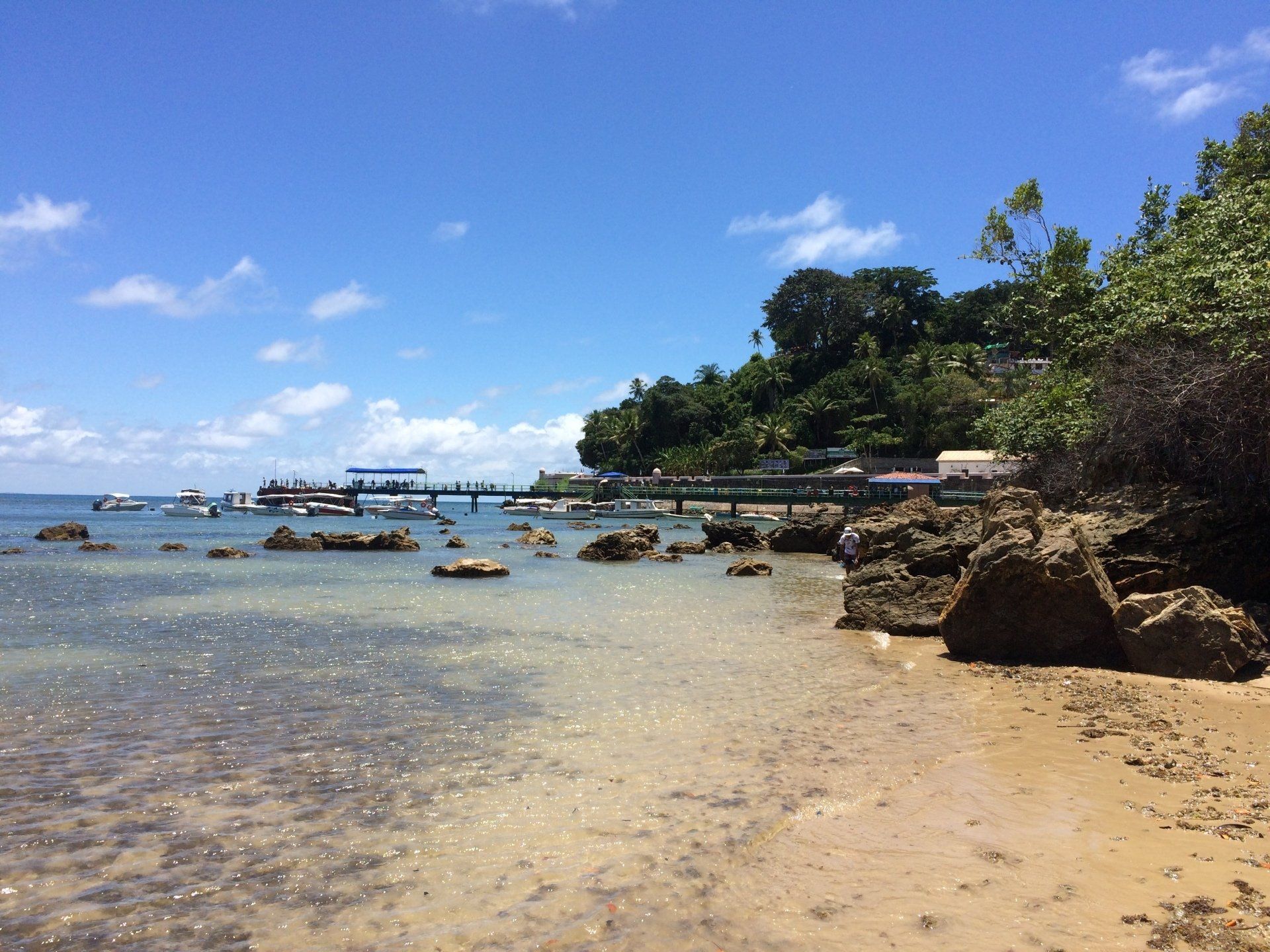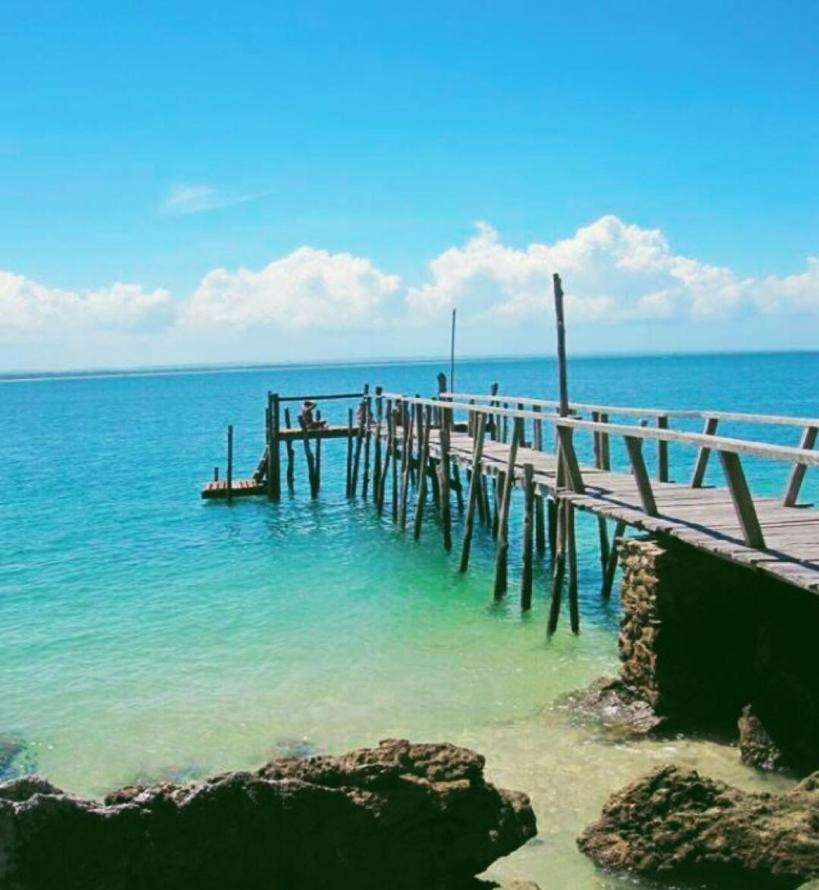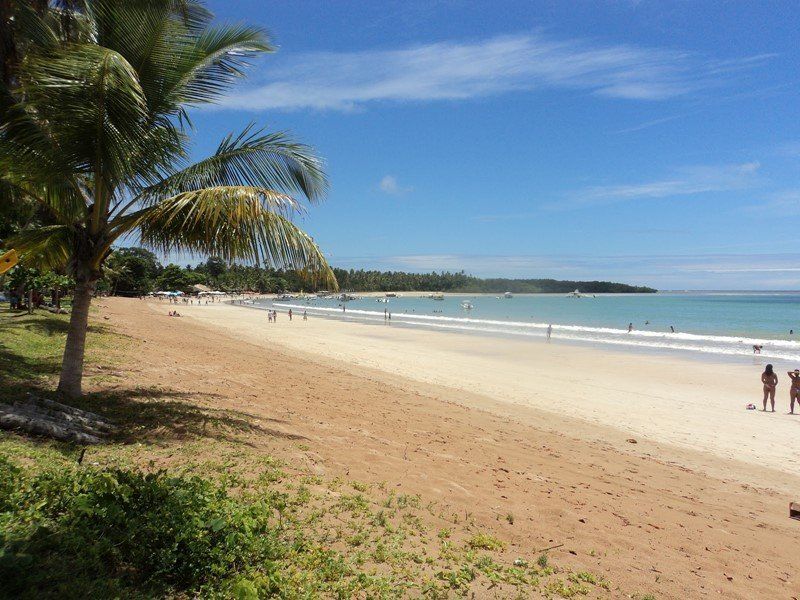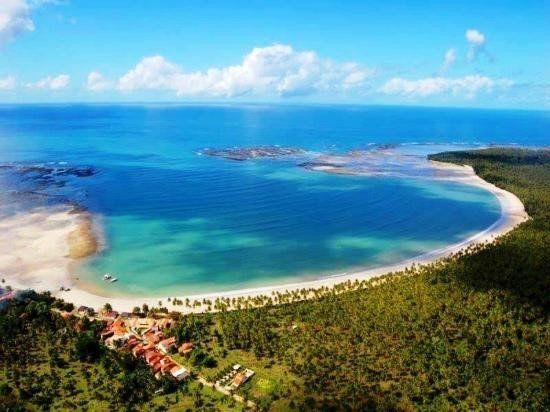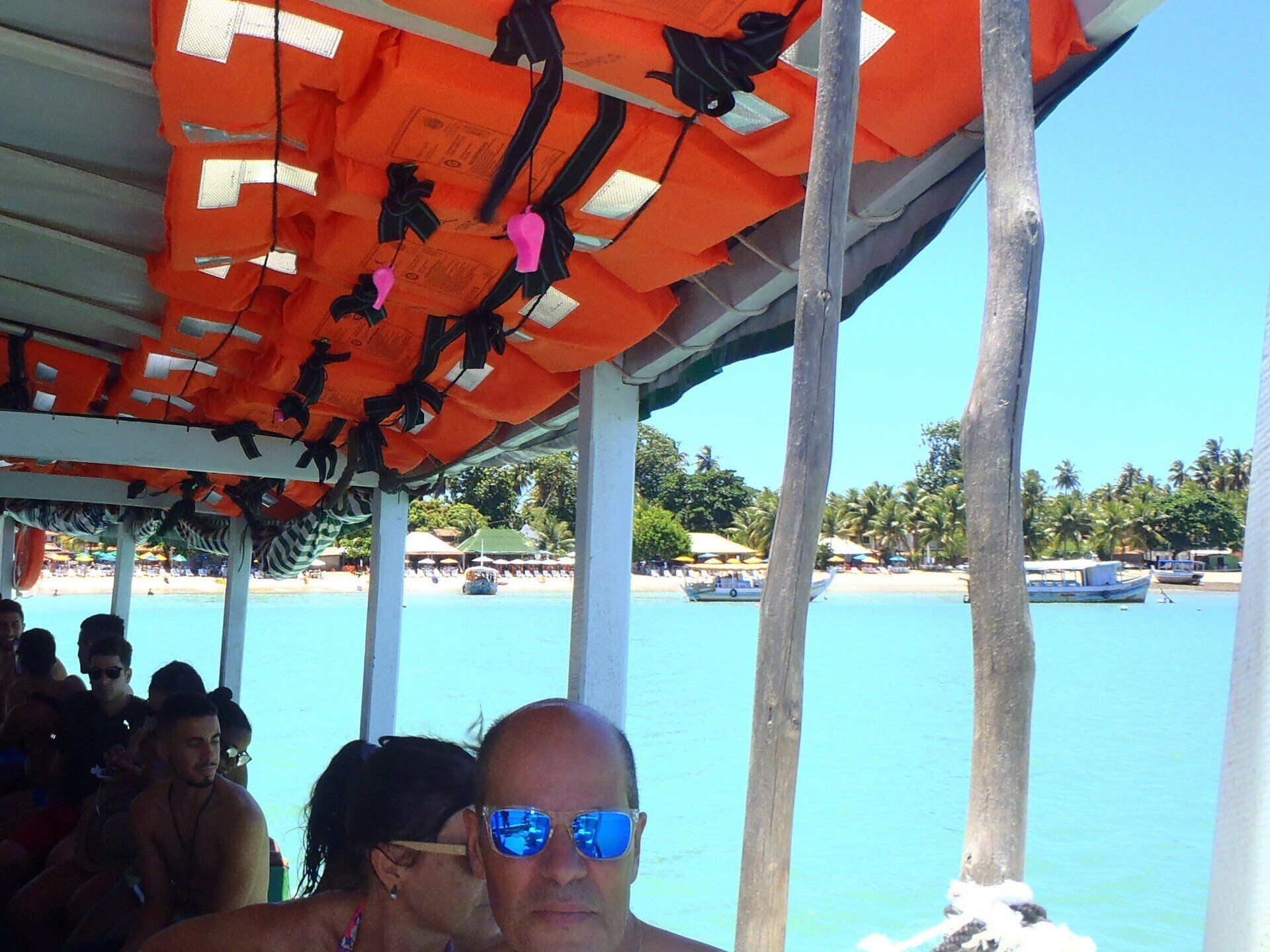Attractions
Discover the best places in Bahia
Portalo, Fort Tapirandu and Prainha do Forte
It is worth knowing a little about the history of this place discovered in the 16th century and its historical monuments built between the 17th and 18th centuries.
The Cairu archipelago was discovered in 1501 and the first population, the city of Cairu, seat of the municipality of the same name, was founded by the Portuguese navigator Martim Afonso de Souza, participant in the first Portuguese colonizing expedition. On June 29, 1535, more than 30 Christian men sent to colonize the place inhabited by the Tupinambá Indians disembarked on the island of Tinharé, naming the place with the name of a Catholic saint, such as Morro de São Paulo. It was from this fact that the colonization and settlement of this small village began.
The Tapirandú Fortress and its Portico, now partially restored, were built in the 17th century to mainly prevent Dutch invasions and protect the false bar of Baía de Todos os Santos in the period of Colonial Brazil, works began in 1630.
Continuing along the path of the fort, at the end of the walls is Prainha do Forte, at low tide it becomes an incredible natural pool where you can watch a wonderful sunset, if you're lucky some shy dolphins and the magical full moon birth
Lighthouse, Sunset Viewpoint and Zipline
Upon arriving on the island you will be welcomed by the imposing lighthouse located at the entrance to the island, its construction began in 1848 and ended in 1855. Considered the most modern of its time on the Brazilian coast, it was built with the aim of facilitating access to the city of Valença and south of the Bay of Todos los Santos, as Morro de São Paulo has always been a danger to ships passing through these waters.
Upon arriving at its base you will find two paths that lead, on the right to the zipline entrance from where you have a beautiful view of the First and Second Beaches and on the left to the sunset viewpoint from where you will have the opportunity to watch the sunset. a magical sunset.
Nossa Senhora da Luz Church, O Casarão, square and Fonte Grande
The Church of Nossa Senhora da Luz named after the local Patron Saint, with its exquisite wooden altar, was the center of the Catholic faith throughout the centuries in this small village. Its construction had several stages, the first beginning in 1628.
Parallel to the construction of the church, work began, known as O Casarão, in front of Aureliano Lima square; today converted into an inn, it was built and used as a flour deposit, it was the largest construction of its time. In 1859, it sheltered Dom Pedro II, second emperor of Brazil, and the Marquesa de Santos during their visit to the island.
Fonte Grande was built in 1746 and was the water supply center for the city's inhabitants and troops. This reservoir was recognized in its time as an example of technology for being the most modern and complex, in addition to being the largest in Colonial Bay. It is said that Dom Pedro II, during his visit to Morro de São Paulo in 1859, took a bath inside it, which is why it is known by local inhabitants as Fonte Grande or Fonte do Emperador.
First Beach
This beach is one of the most frequented by local residents, it is ideal for practicing some water sports such as diving, surfing, wakeboarding, zip lining and banana boating. With the Lighthouse as its direct guardian, this approximately 300 meter long beach was the first to have, in the 1980s, beach huts, which over the years spread to other beaches.
Today it is the most generously built; their houses end directly on the sand and enjoy the permanent lullaby of the sea. Another feature of this beach is its coral reefs that allow diving with autonomous equipment and it is also the only one suitable for surfing.
Second Beach
The main feature of this beach is the concentration of stalls where you can taste traditional and international dishes, accompanied by cold beers, delicious natural fruit juices or exquisite caipifrutas. Its 400 meters of beach are ideal for relaxing to the sound of Bahian rhythms or playing sports such as volleyball or futvolleyball. Birimbaos and tambourines herald the sunset, inviting people to watch a round of Capoeira, practiced by natives who, with their strange beauty, captivate visitors with the movements they have learned since childhood. At night, this beach turns into a stage for parties where natives, residents and tourists from the most diverse parts of the world dance to the rhythm of the music.
A corner of palm trees and tropical vegetation, Ilha da Saudade, ends this beach and opens the way to Terceira
Third Beach
Terceira Praia, less busy, but with easy access to the center, has an area of around 800 meters, this beach has a special attraction: Caitá Island with its only palm tree. 500 meters from the coast, this island is surrounded by pink coral reefs, where diving or snorkeling allows you to see a multitude of fish of the most varied and vivid colors.
On this beach you can also access bicycle and kayak rental, and is the starting point for boat and speedboat passes.
Fourth Beach
The magnificence of nature is present on this splendid beach. An endless coconut grove mixes with 3,500 meters of fine white sand, friendly almond trees offer generous shade and an extremely transparent and tempting sea; nothing on this island is as close to paradise as this beach. At low tide, the coral reefs encourage the emergence of natural pools that, heated by the sun, resemble thermal pools. Diving equipment is enough to enjoy the view of the wonderful corals and colorful fish.
This beach is a constant invitation to enjoy the best that nature can offer, not in vain the magazines Terra and Veja placed it in 4th place among the 10 most beautiful beaches in Brazil.
Quinta Praia
Continuing along the fourth beach, after crossing a mangrove and fording a small river, we arrive at the fifth beach or Praia do Encanto, endowed with the same indescribable beauty as the fourth beach, but with even more virgin vegetation. It is several kilometers long and is the most deserted of the beaches close to Morro. At the end of it you will find a mangrove swamp that is not very accessible and is several kilometers long that separate it from Garapua beach, another of the island's wonders.
Beaches from Porto de Cima to Gamboa
Leaving Morro towards the north coast of the island, from our inn you can access it by going down a green trail (120 meters), reaching Porto de Cima beach. This beach, during the full moon, is charming, During the afternoon, wait for the sun to set, and almost at the same time to the east, see when the moon appears behind the hill, all on the edge of a dreamy sea.
Walking west along the beach and crossing the old yacht club pier, you access Punta de las Piedras beach, another cove with pure nature and transparent sea; Continuing the path along the beach, we will pass through two other small coves to reach, after 20 minutes, the famous medicinal clay wall and beach where many visitors bathe in that soft and relaxing clay. From there, continuing along the beaches, there is a wide variety of beach huts and restaurants with typical food and fresh seafood served by the calm and warm sea.
As the final point of this tour, you will arrive at the town of Gamboa, a typical fishing village, with its tiring and familiar rhythm of native neighbors and residents who enjoy the tranquility of its streets and beaches.
Grapua and Pratigi beaches
On the other side of the mangrove at the end of the fifth beach is Vila de Garapuá and the beach of the same name. A sandy paradise enclosed by corals that makes it a true pool extracted from paradise.
Continuing from Garapua to the south, you reach Pratigi beach, another deserted beauty measuring 12 km long; If you walk for a few hours you will reach Rio do Inferno, which divides the Ilha de Tinharé from the Ilha de Boipeba.







